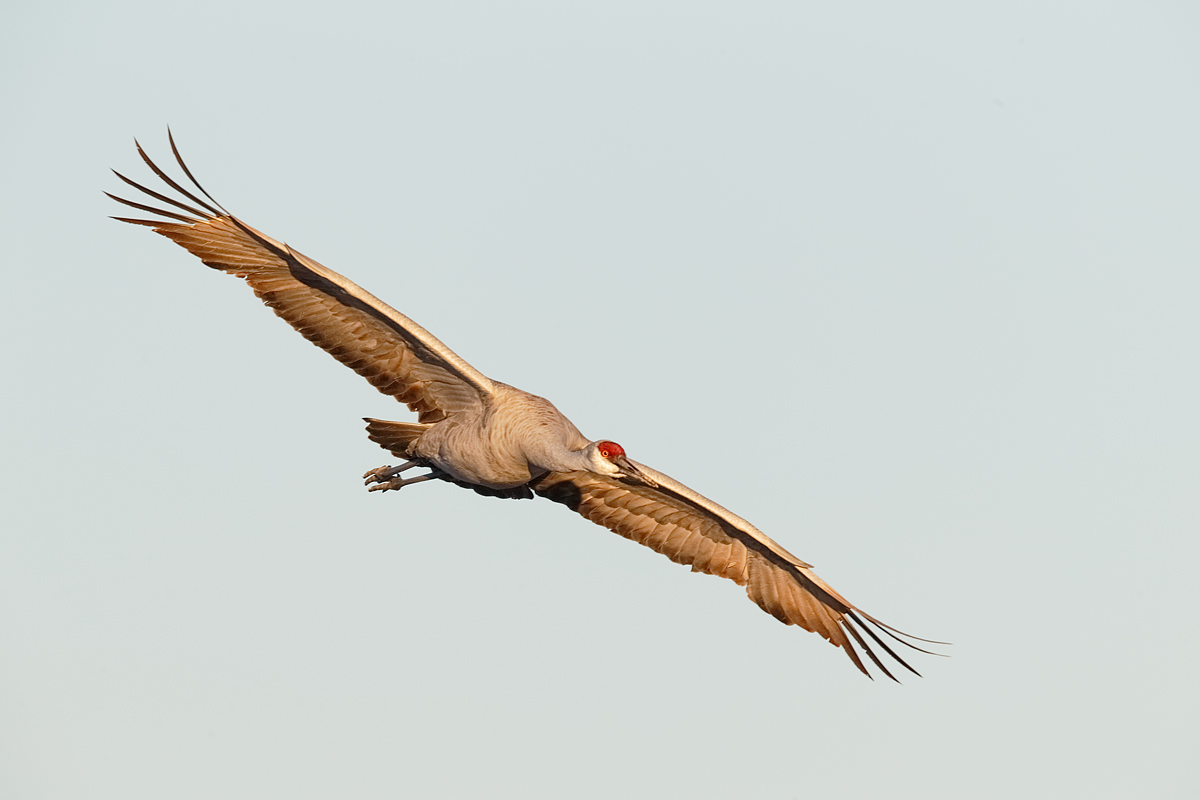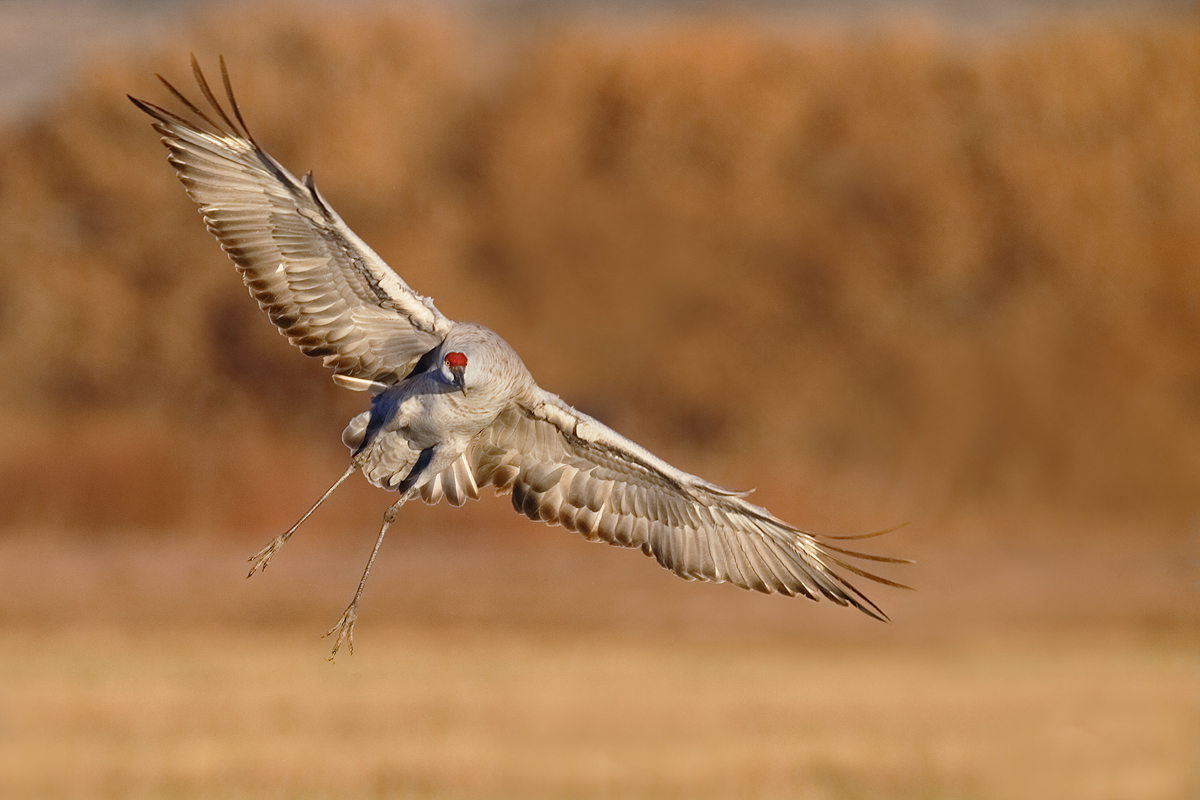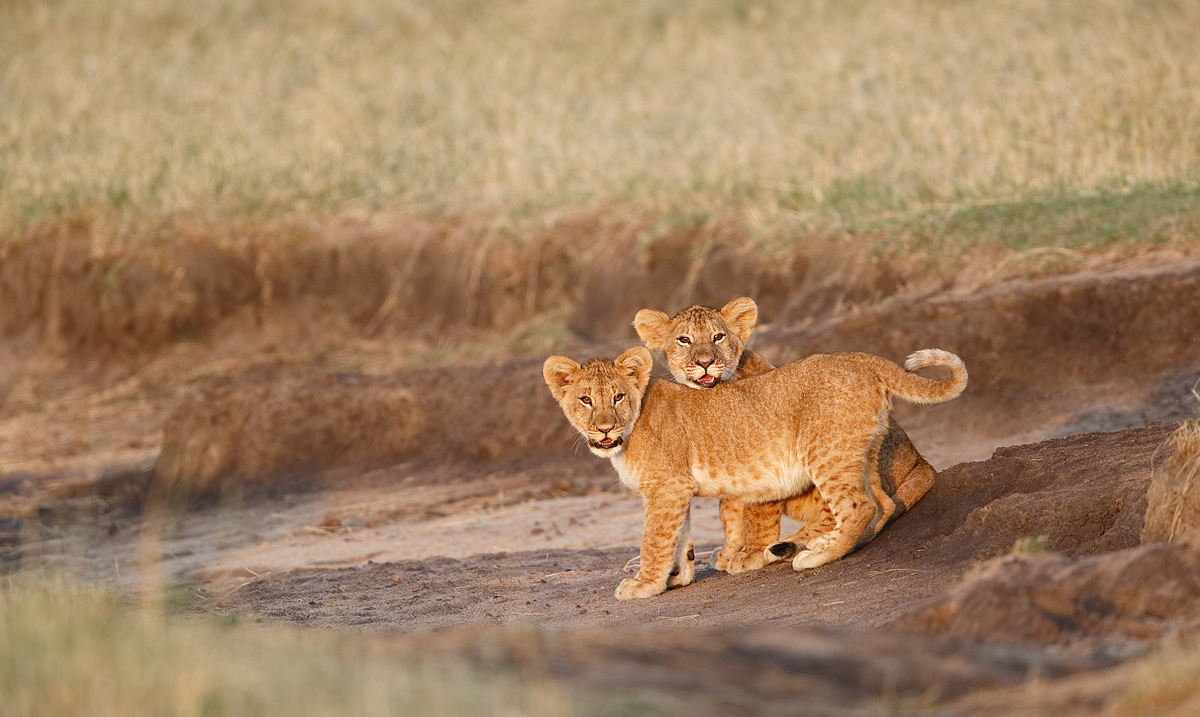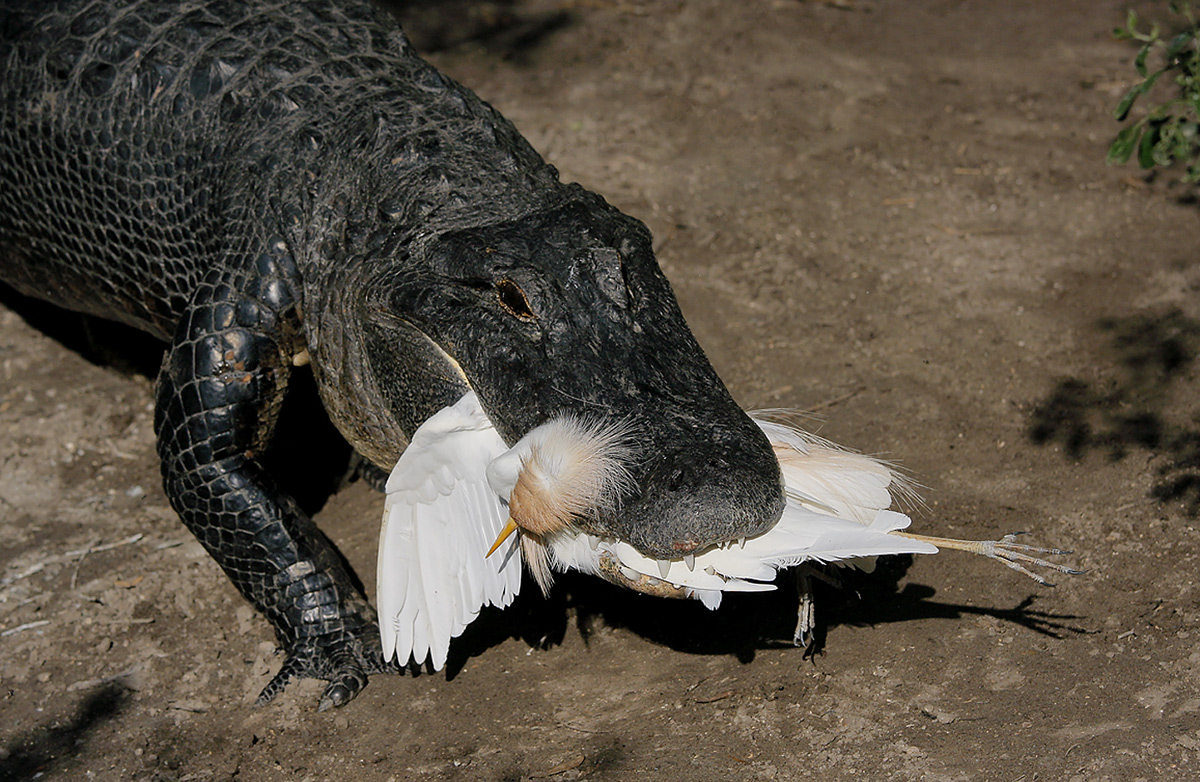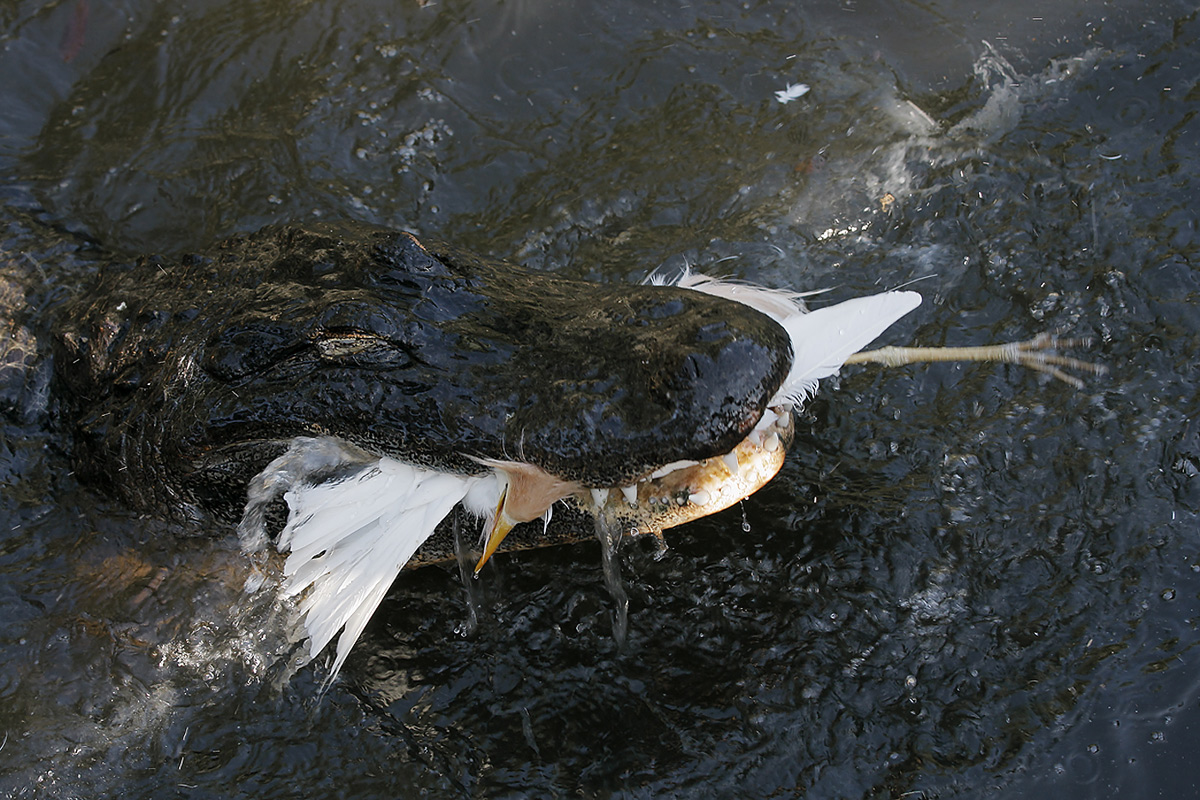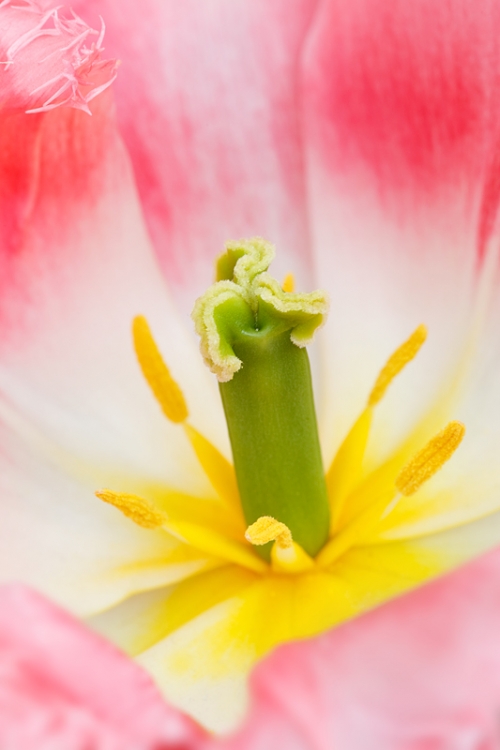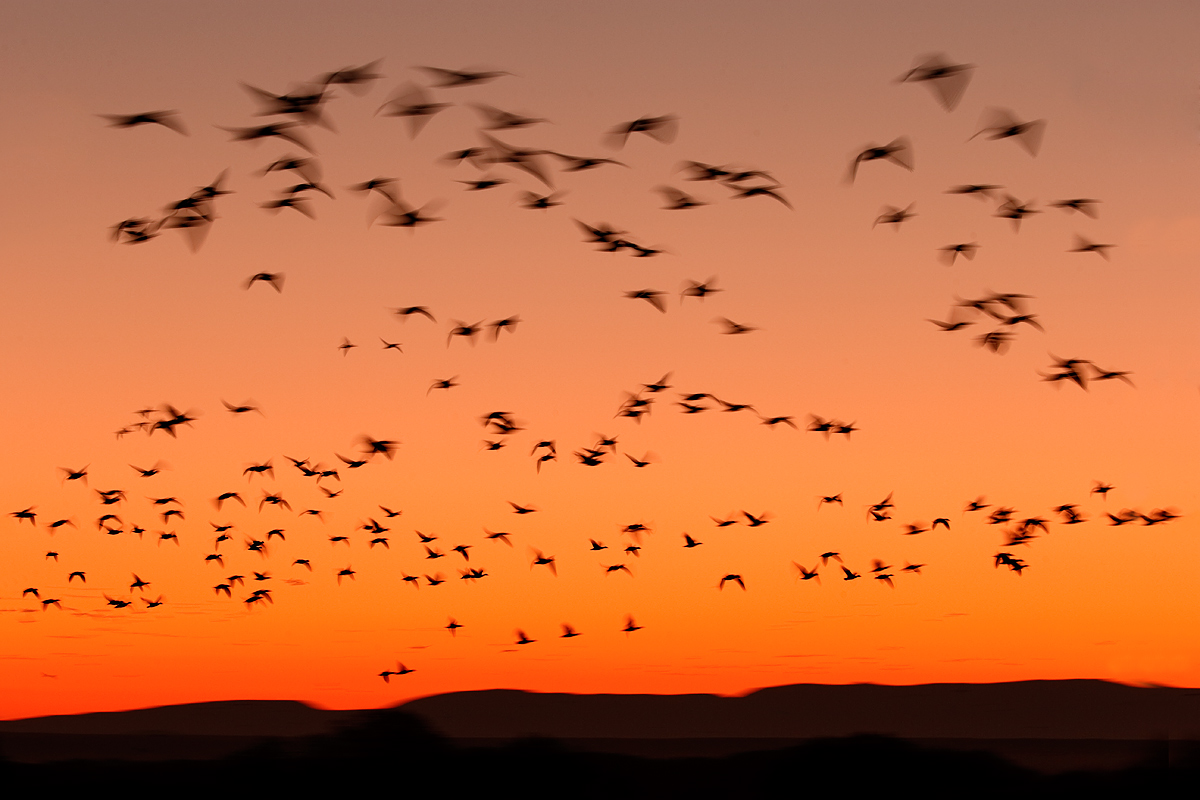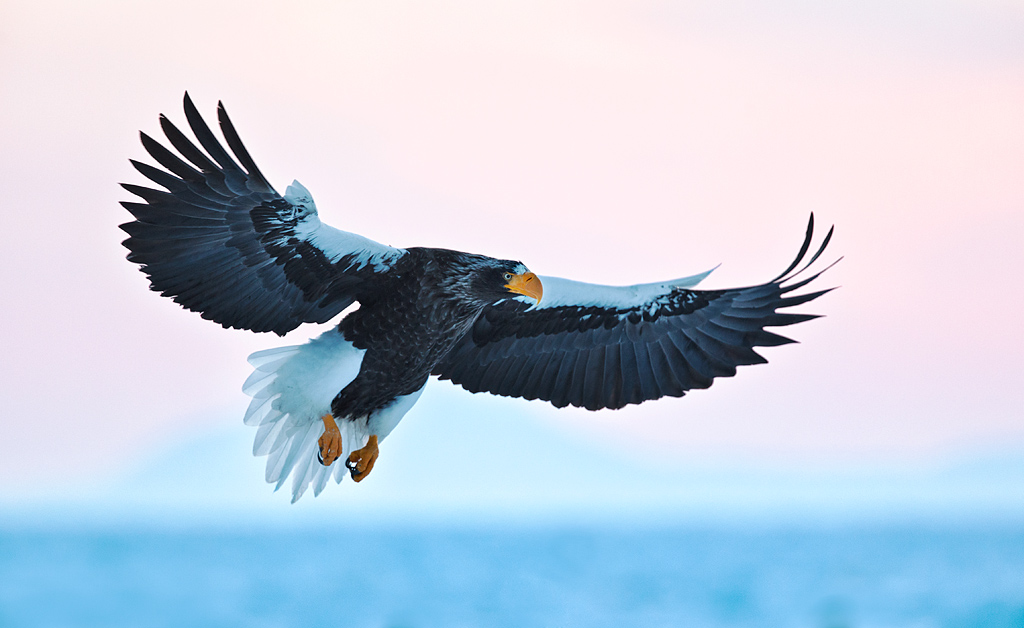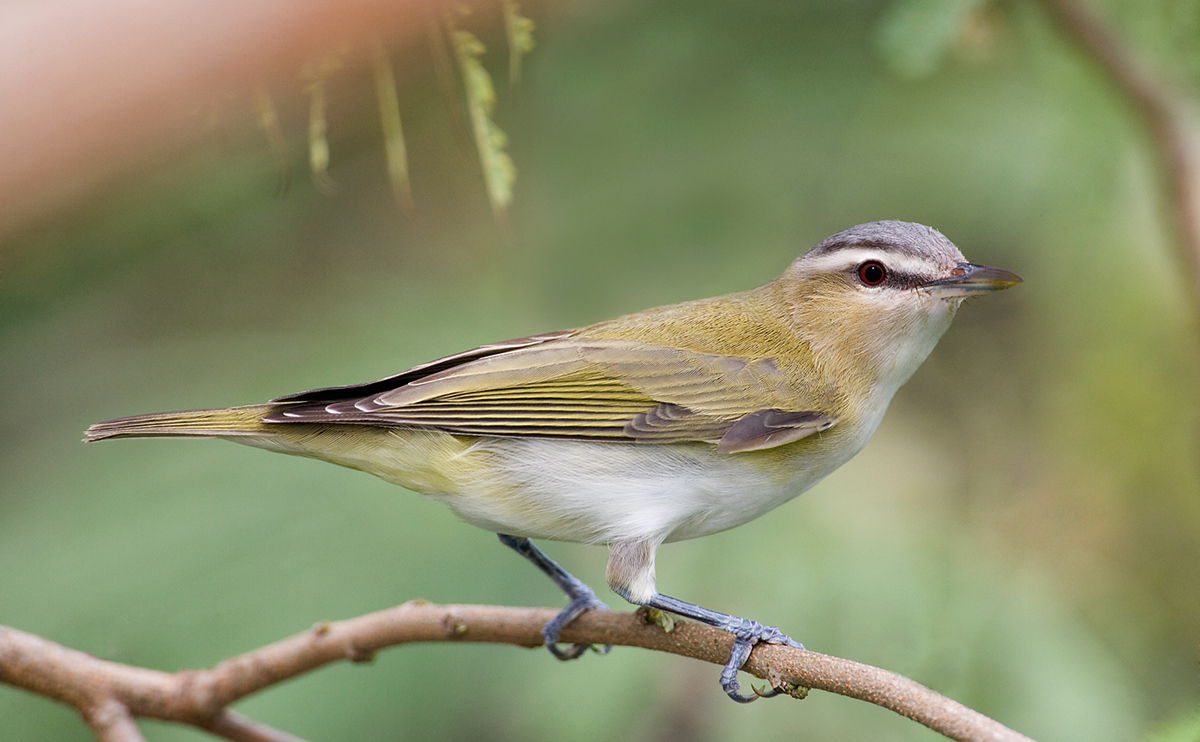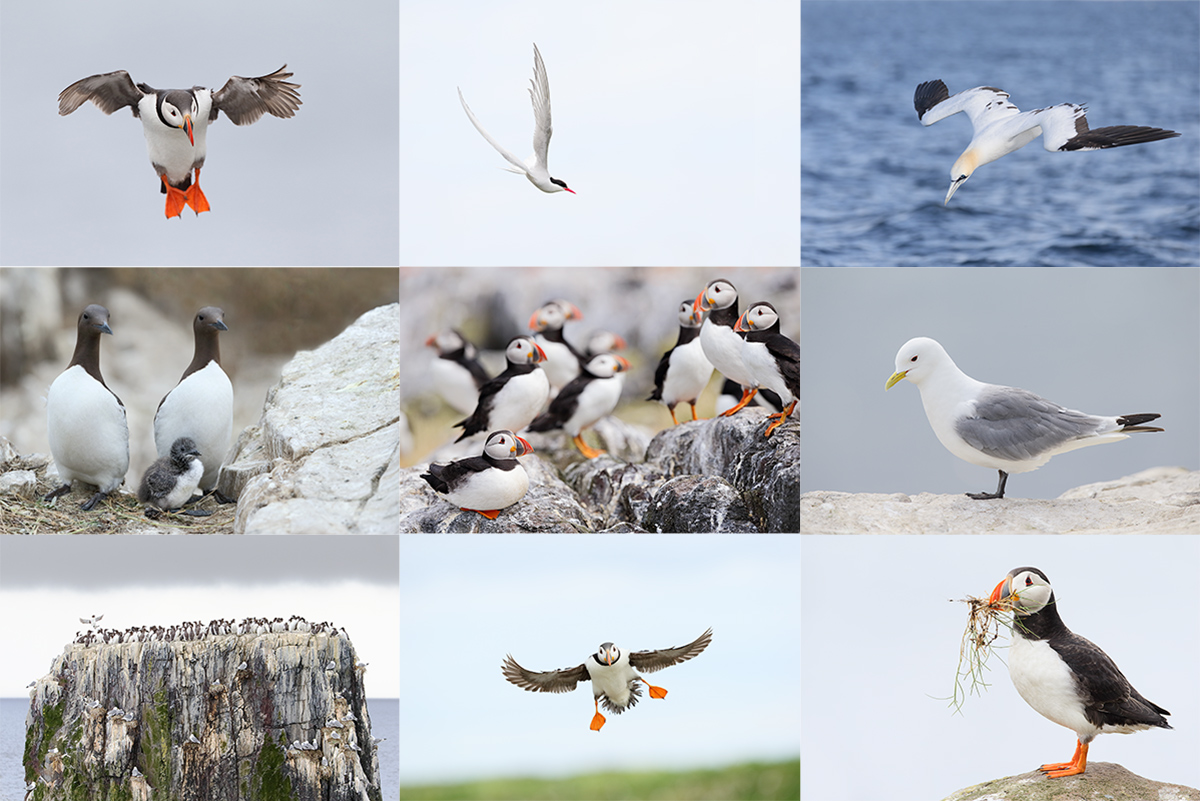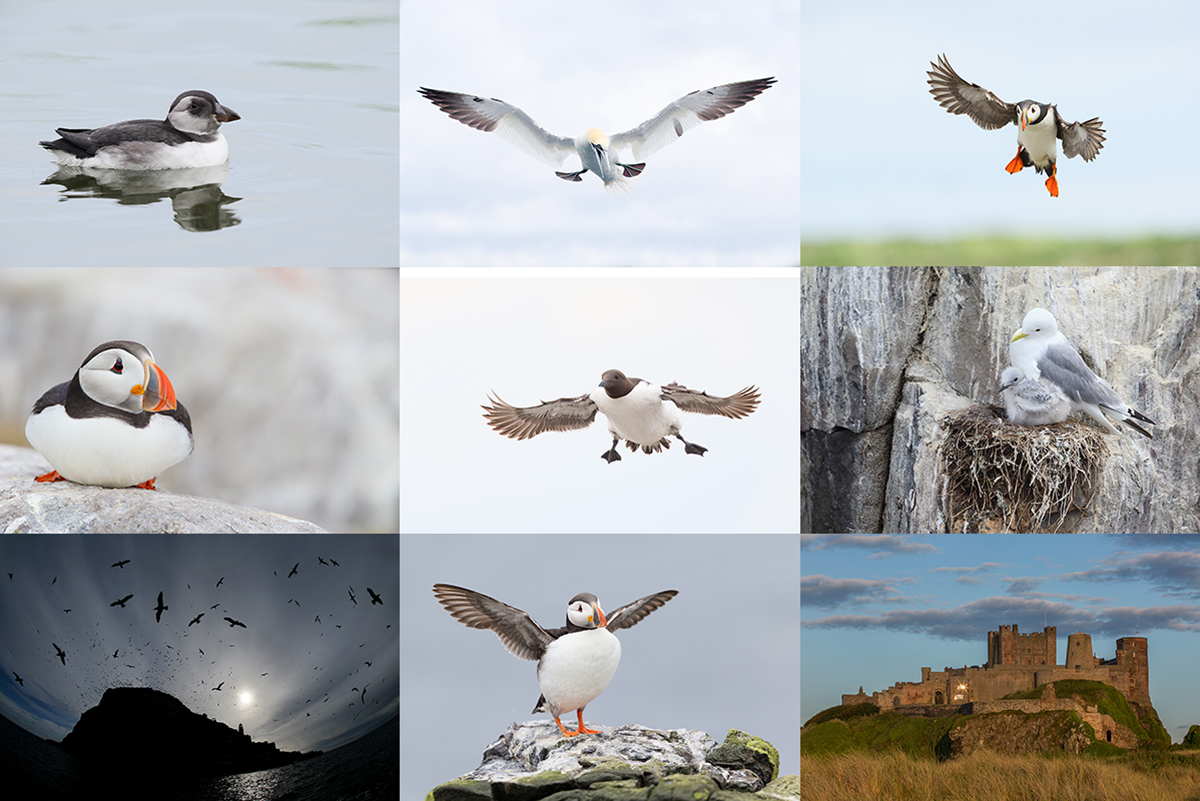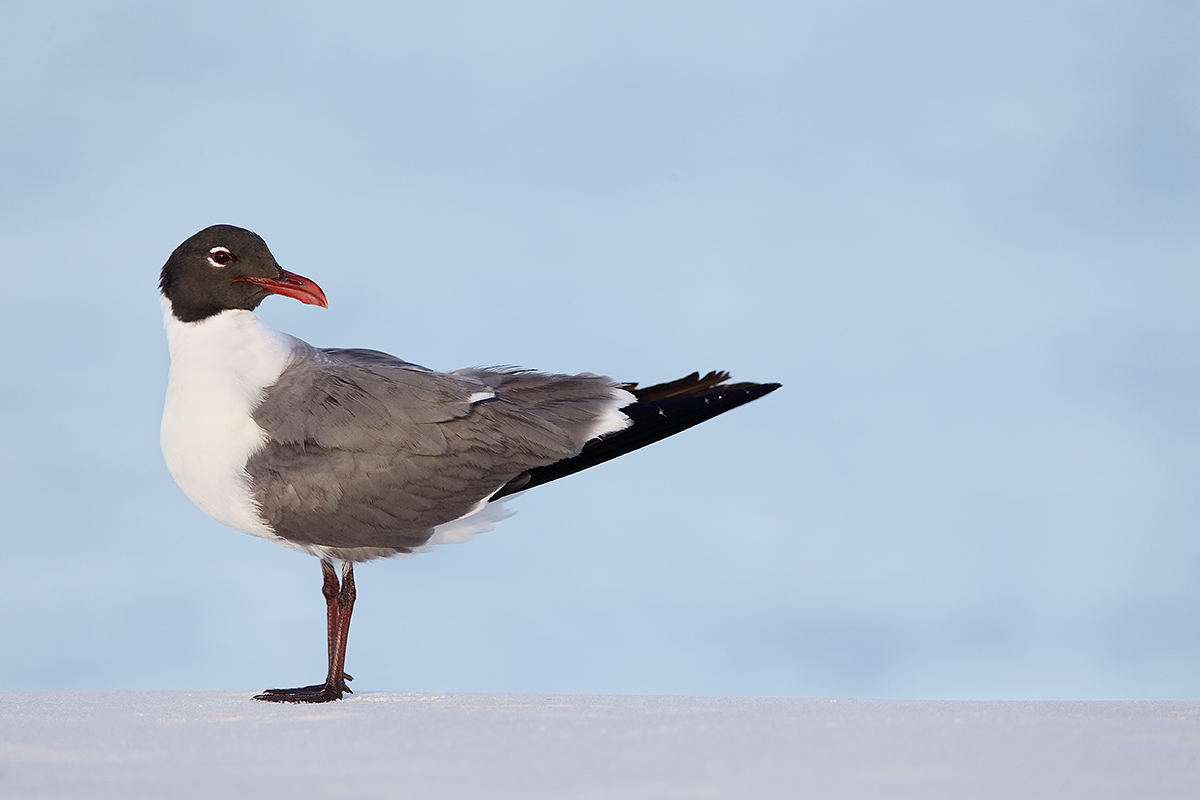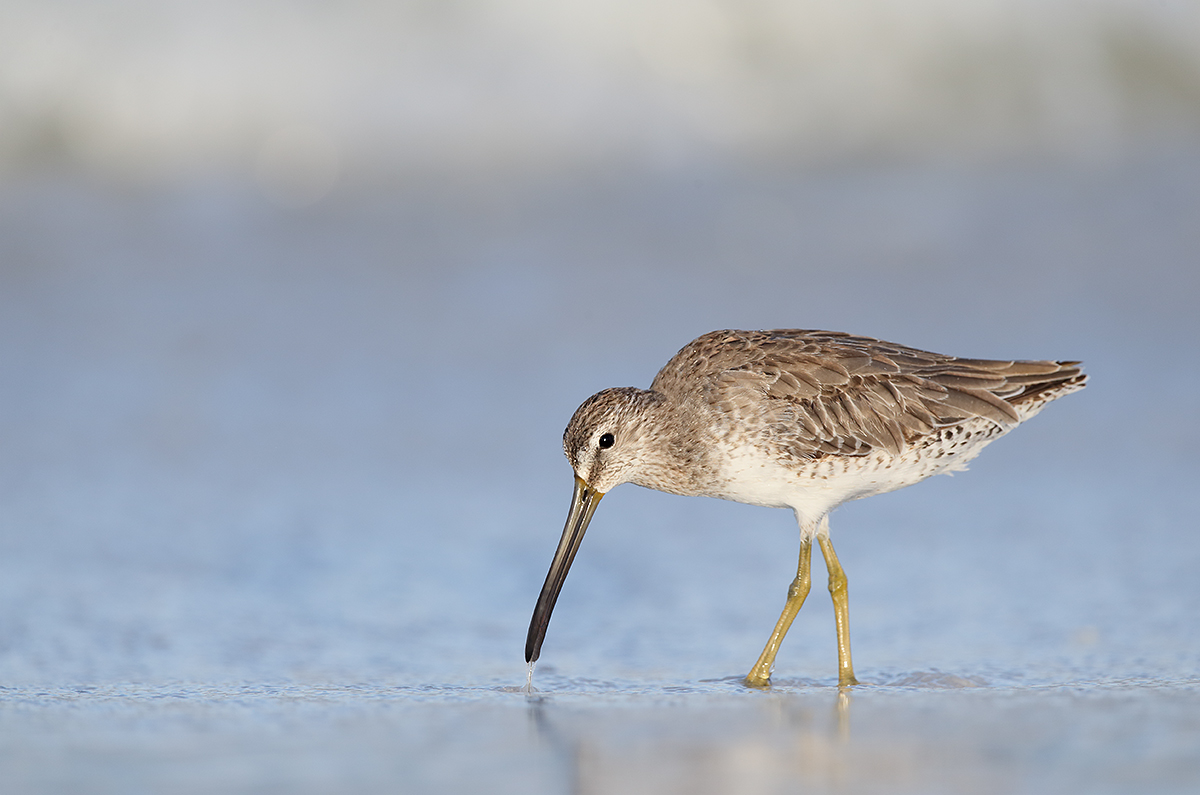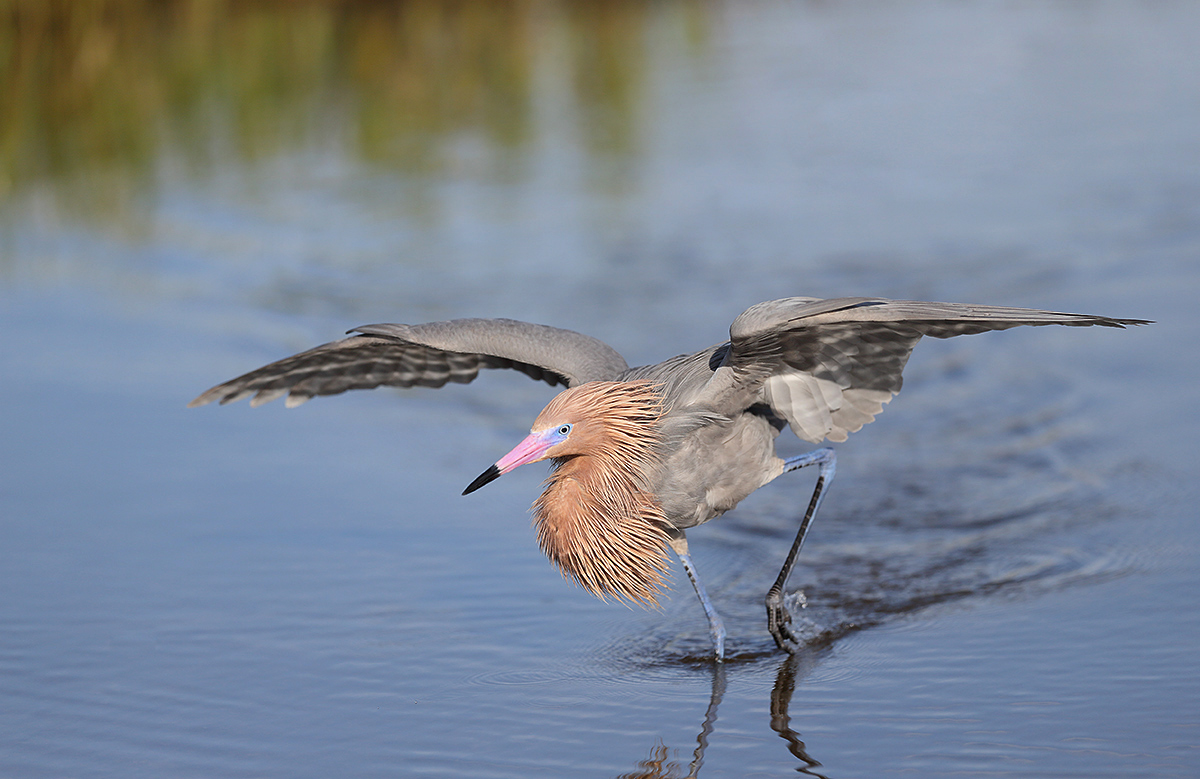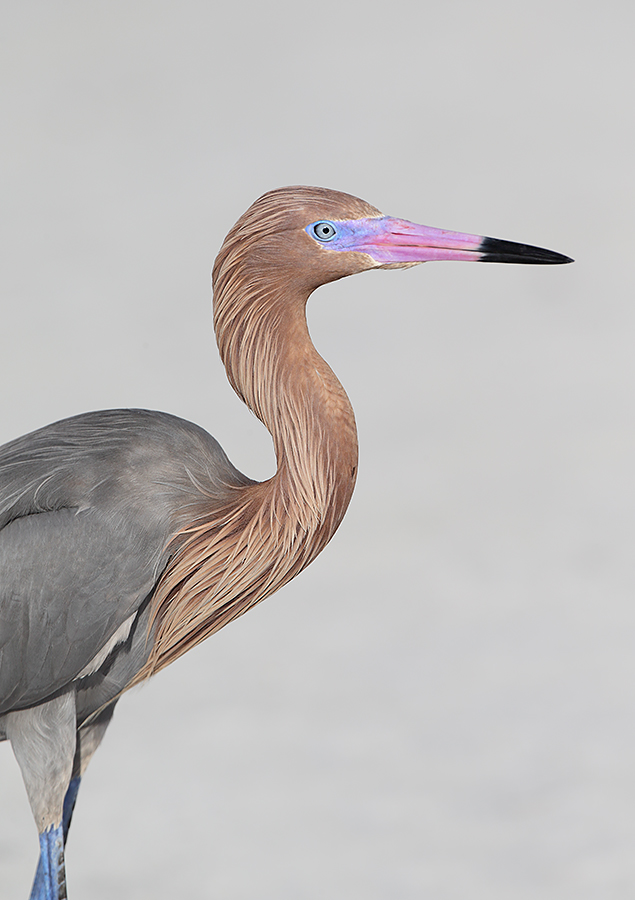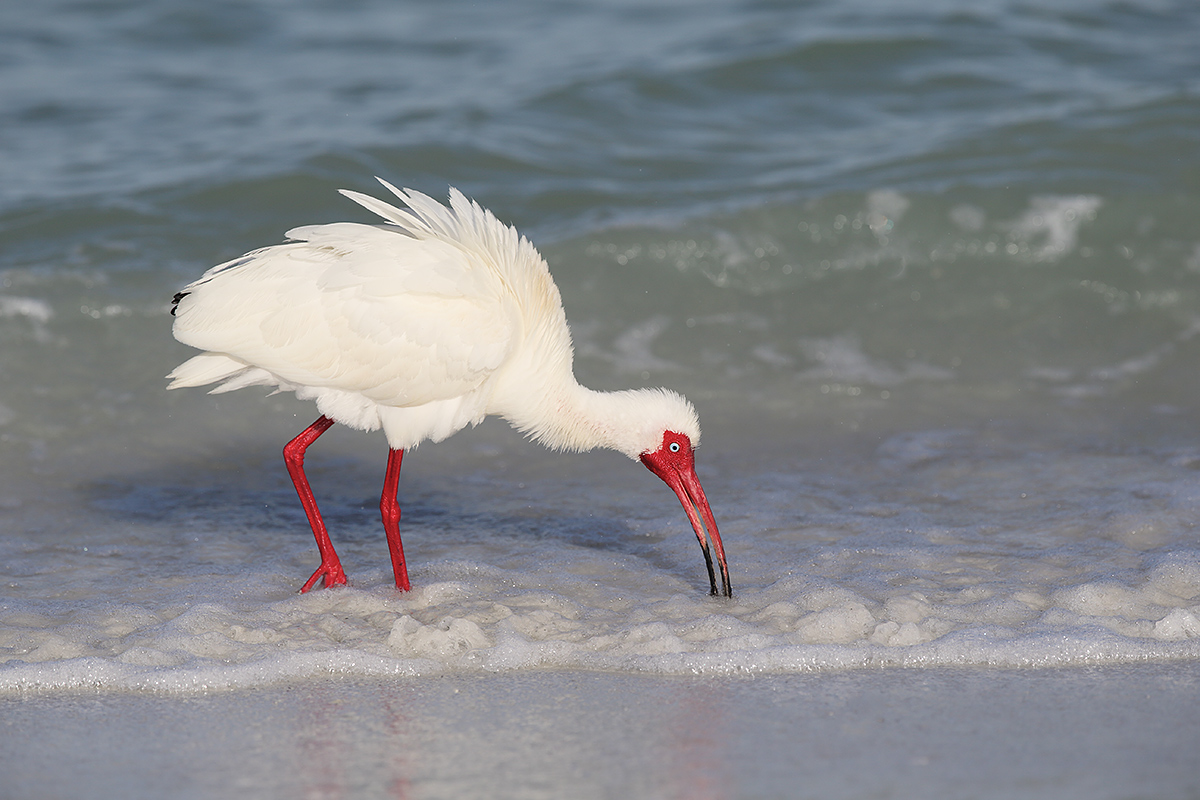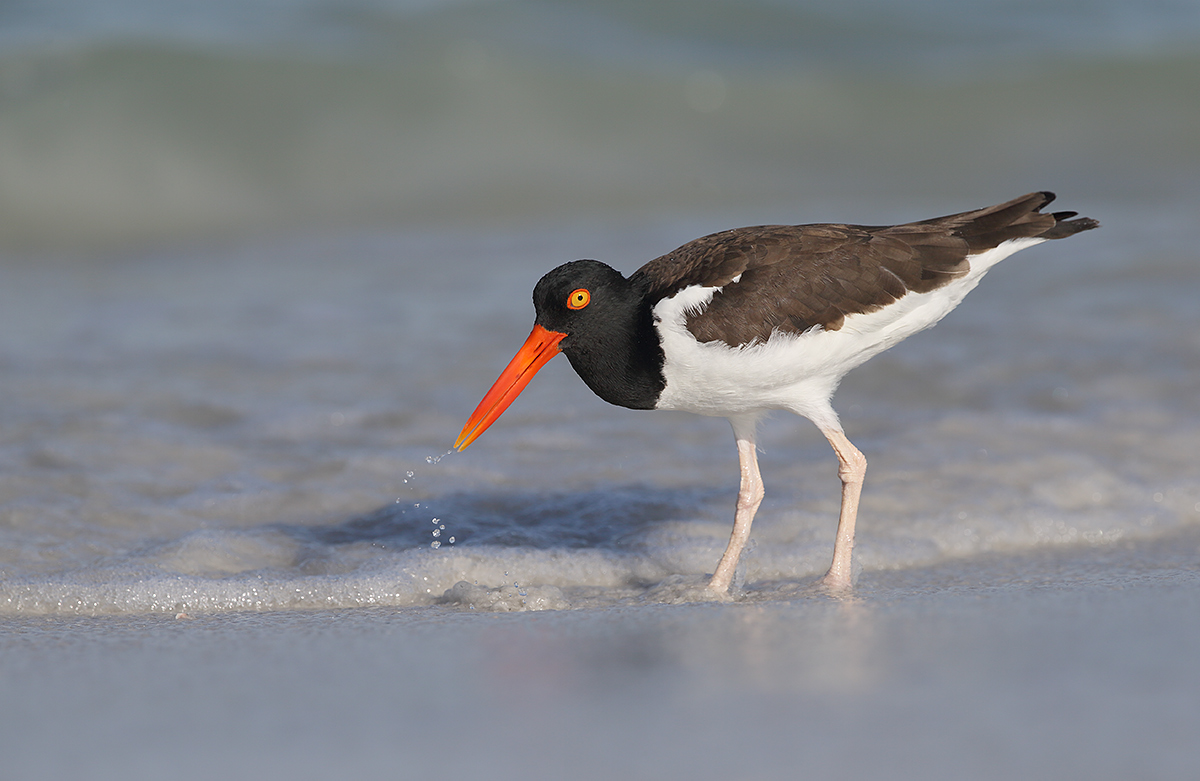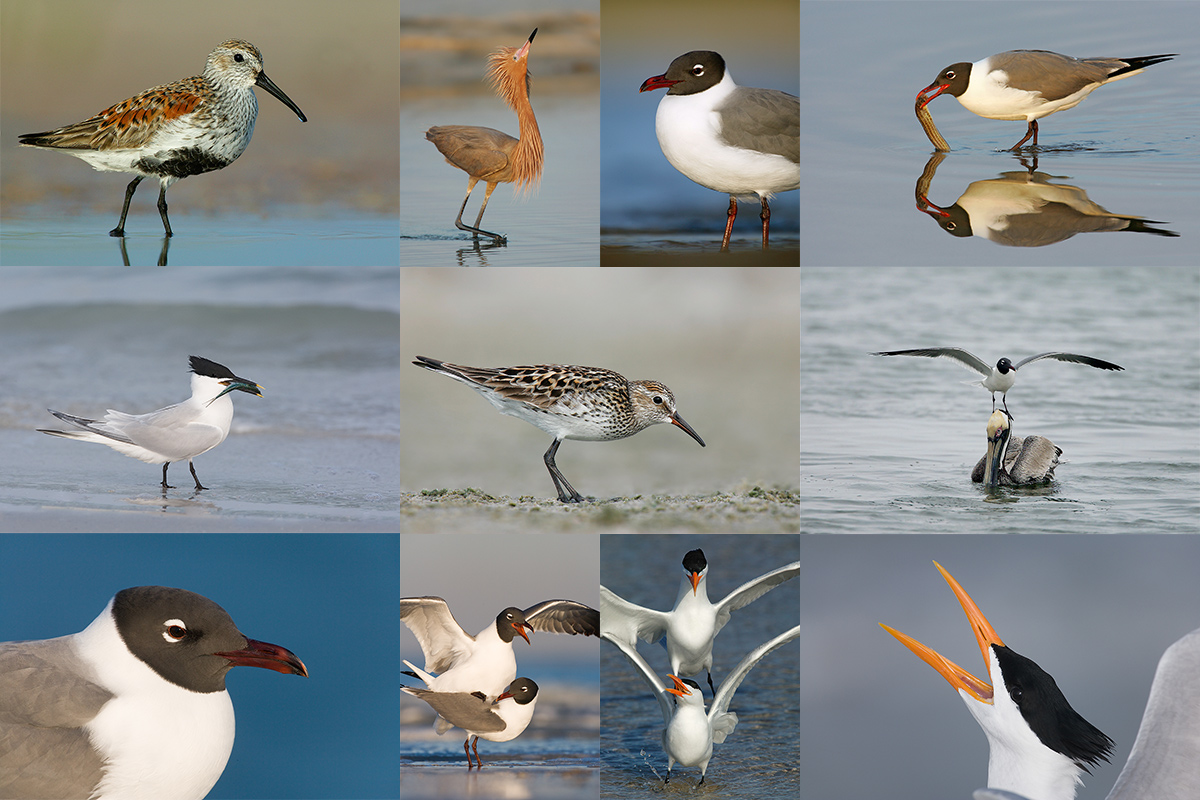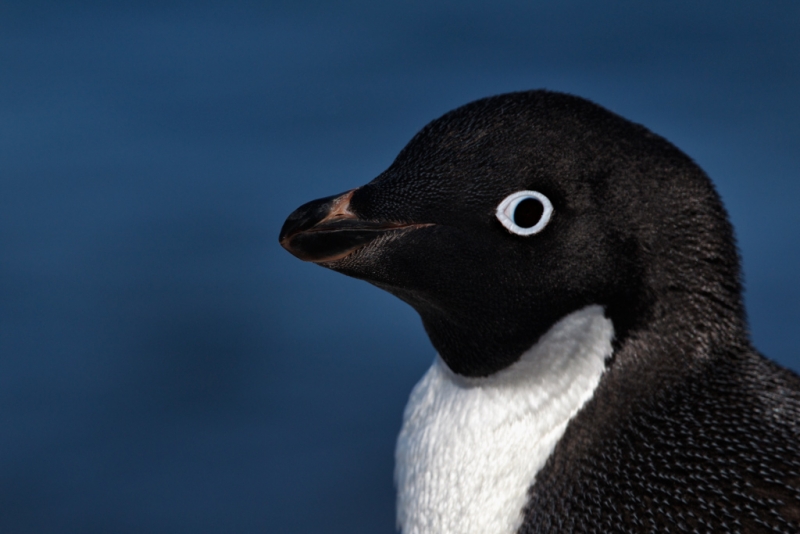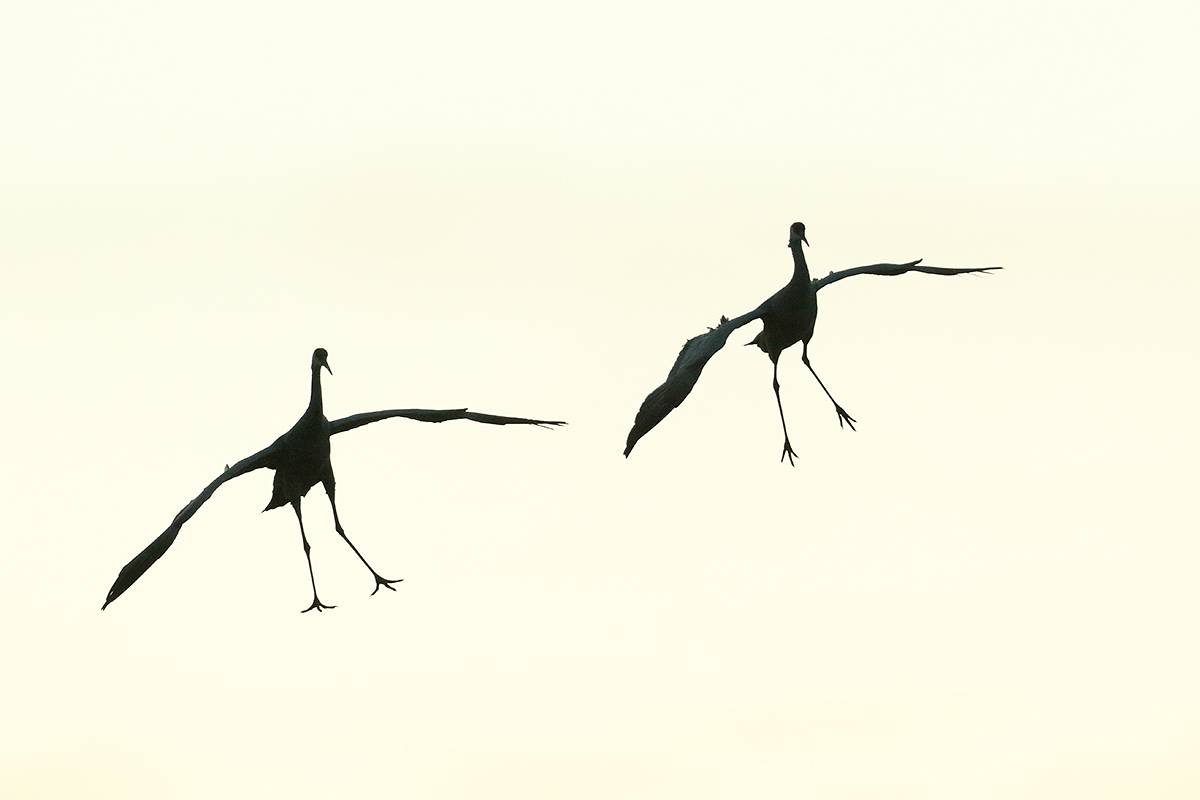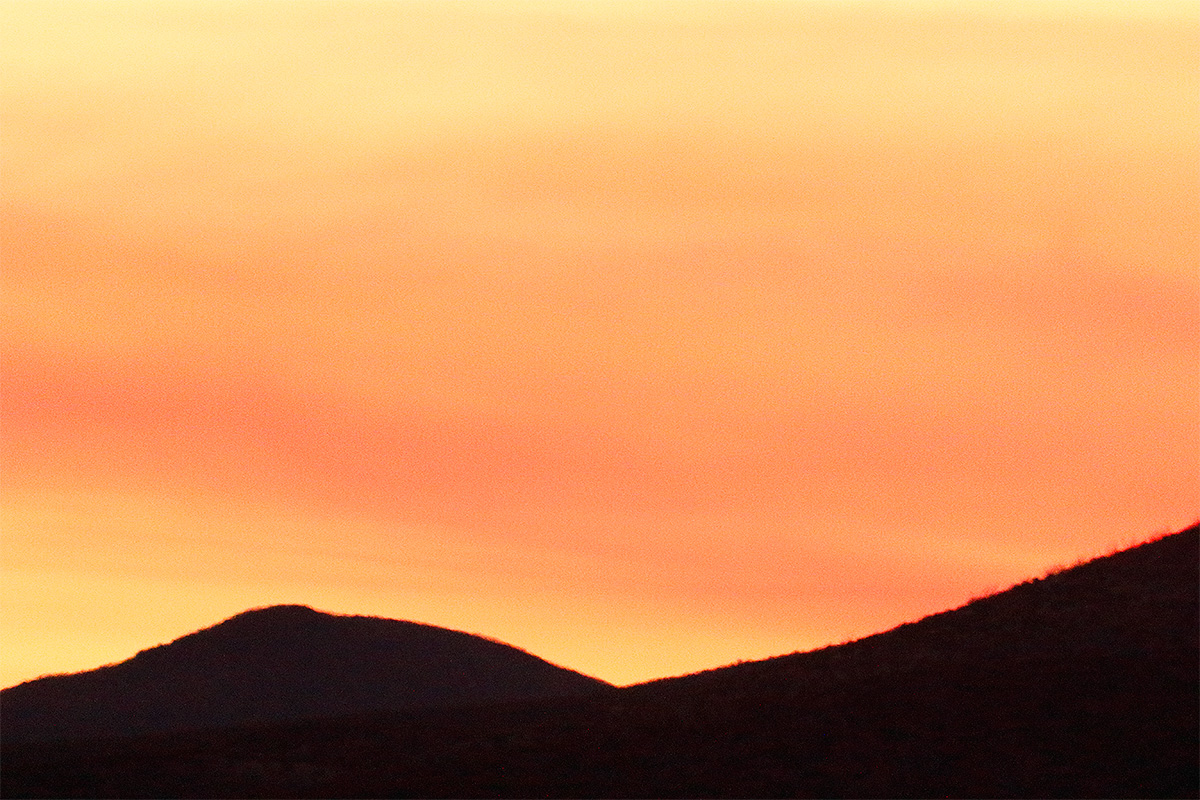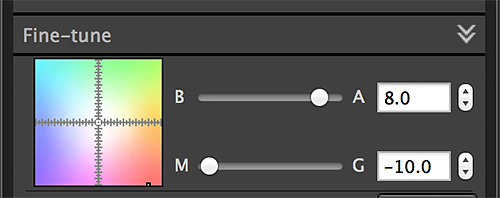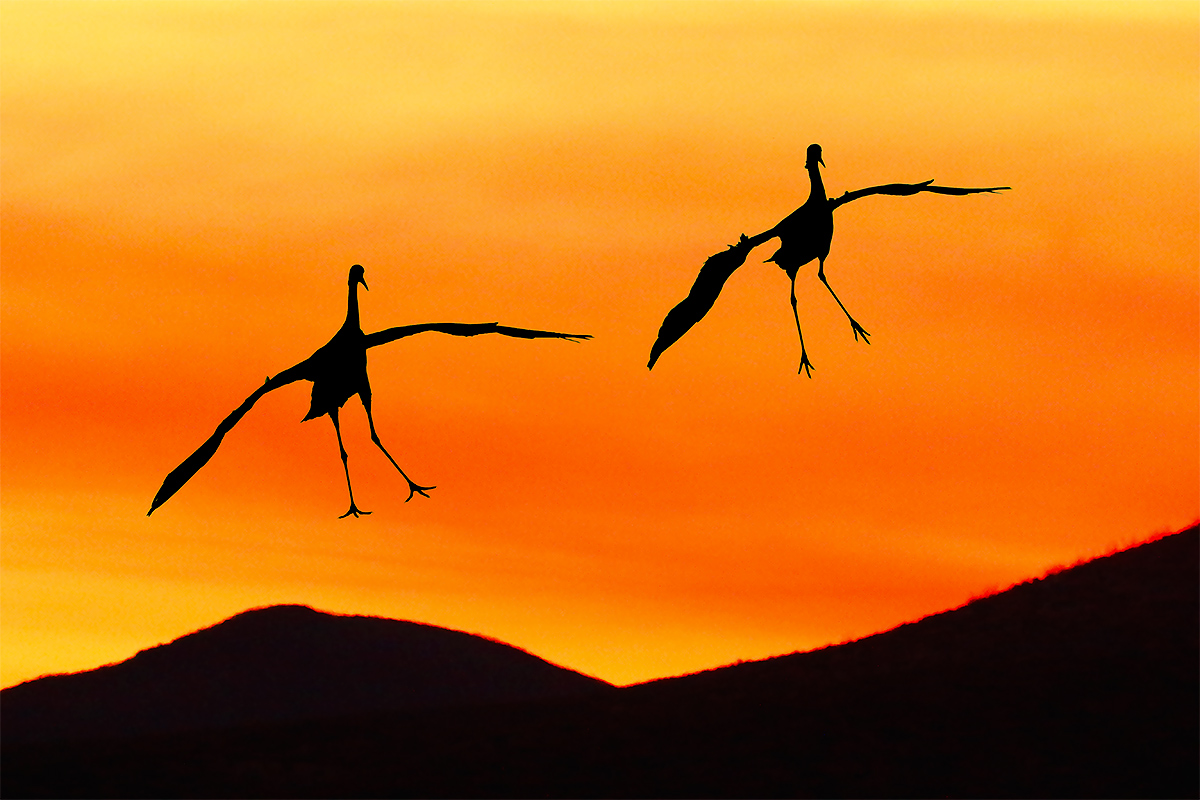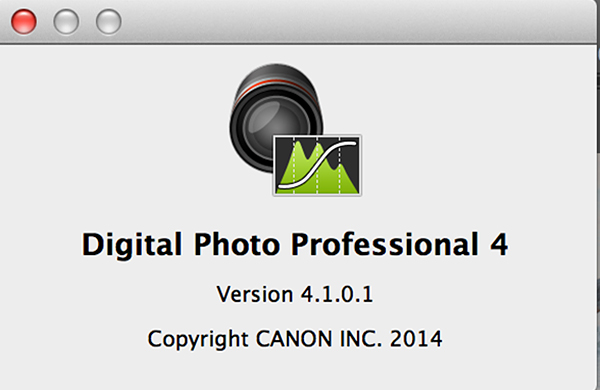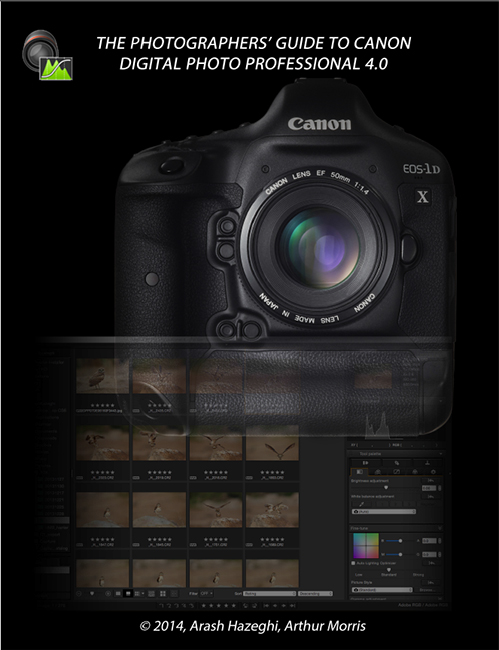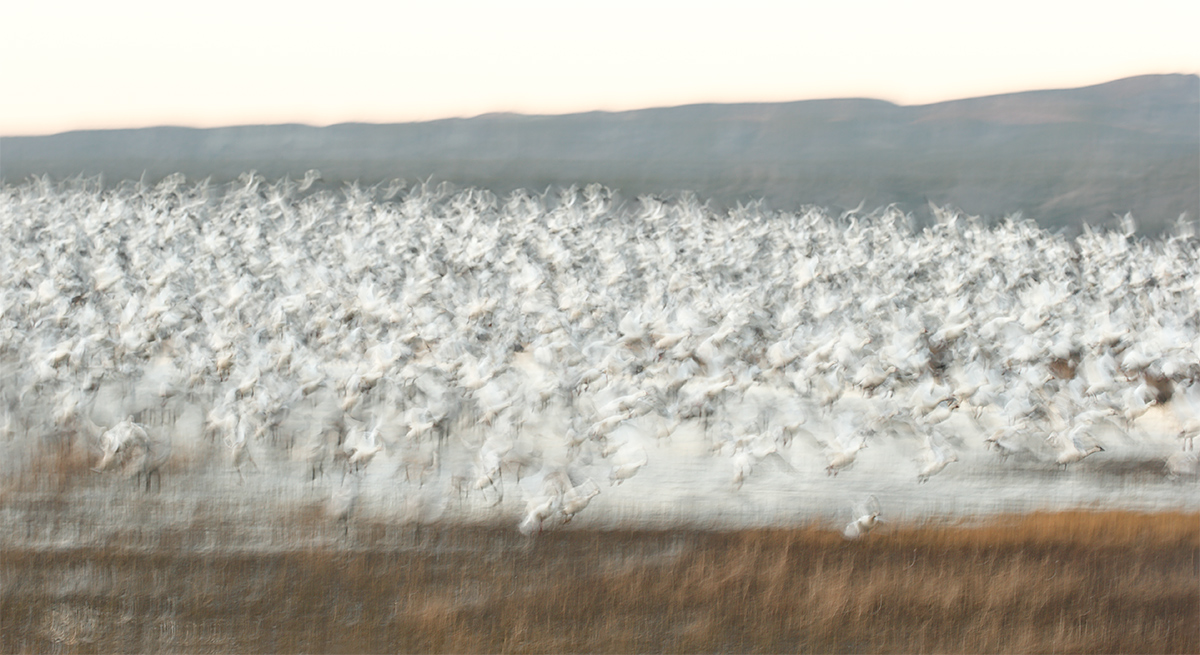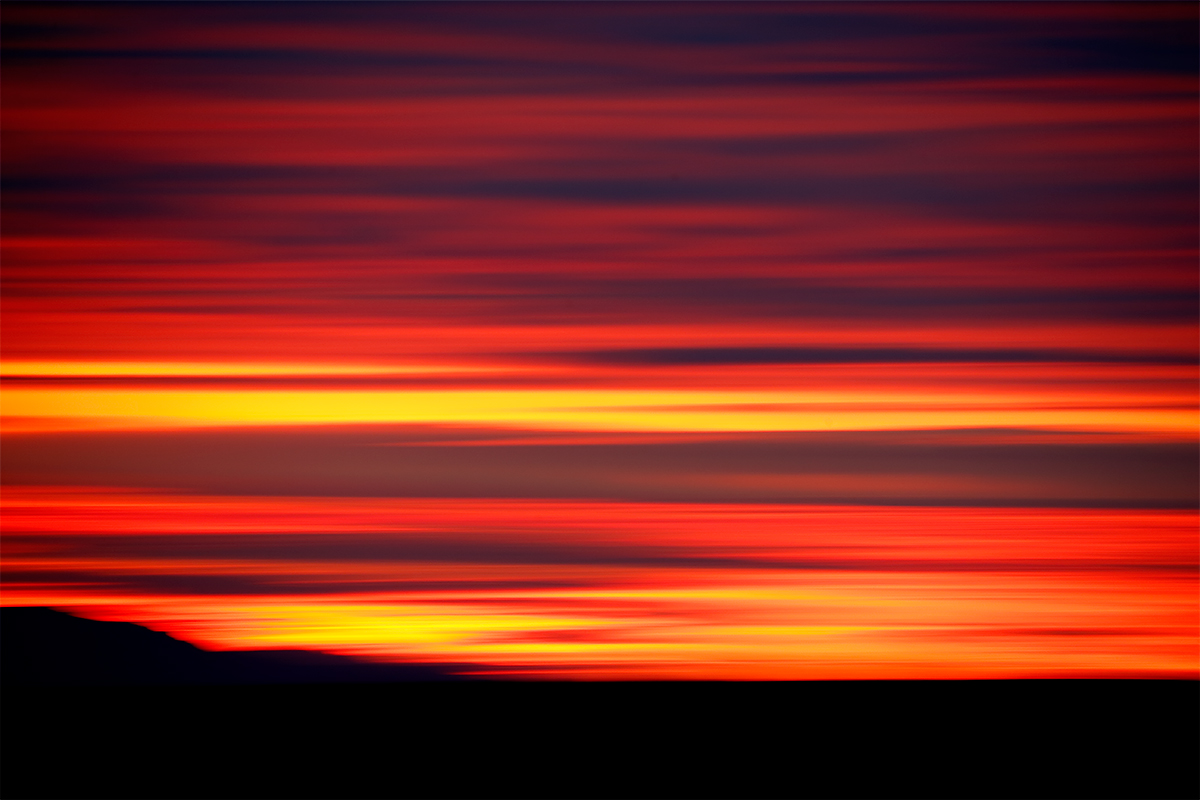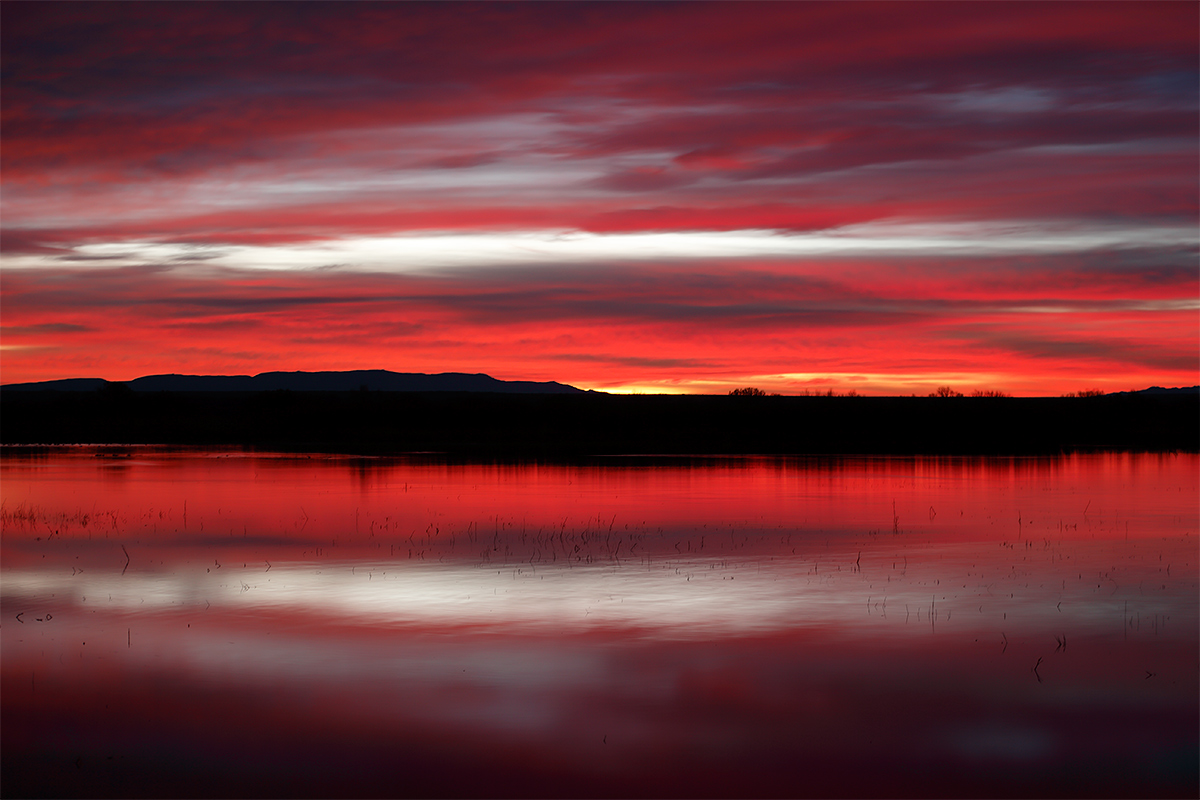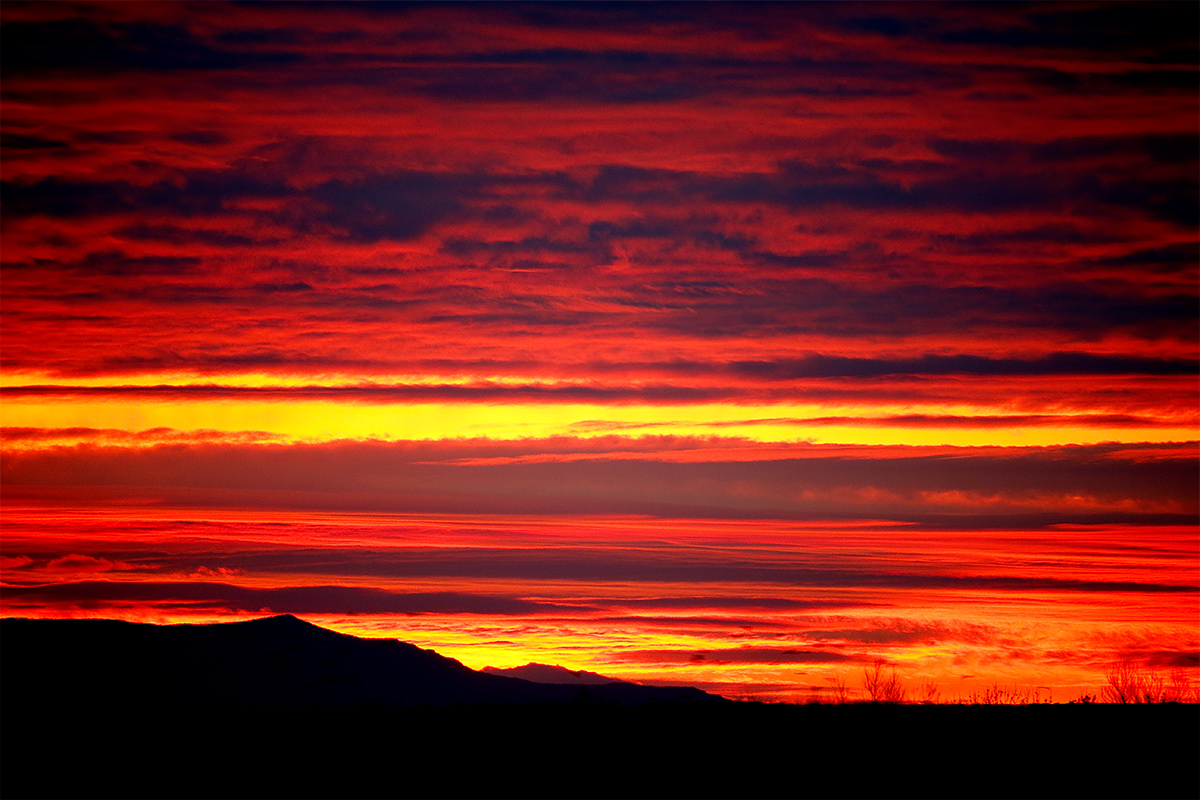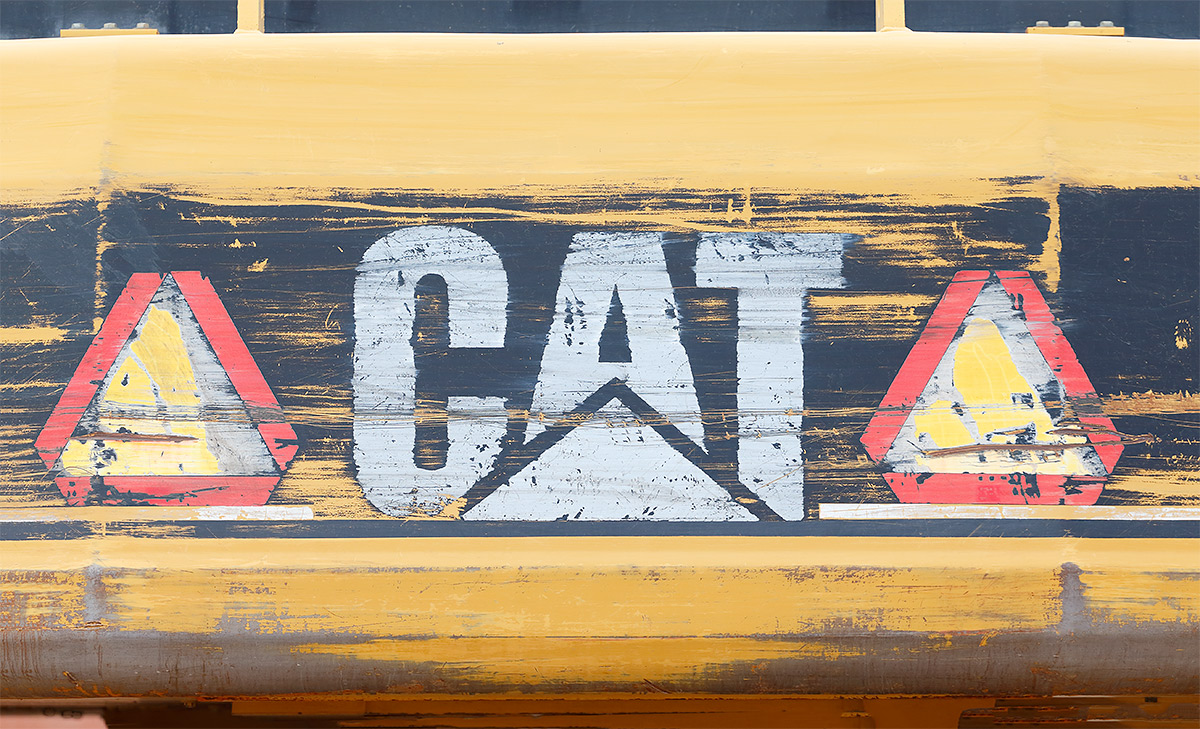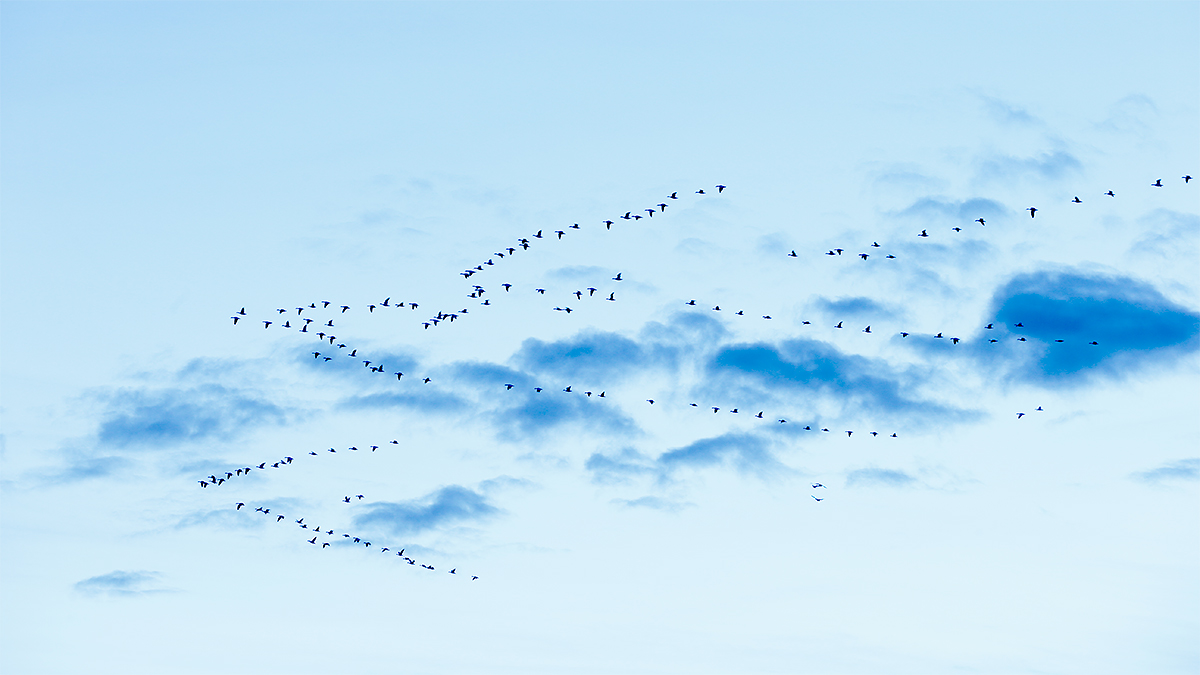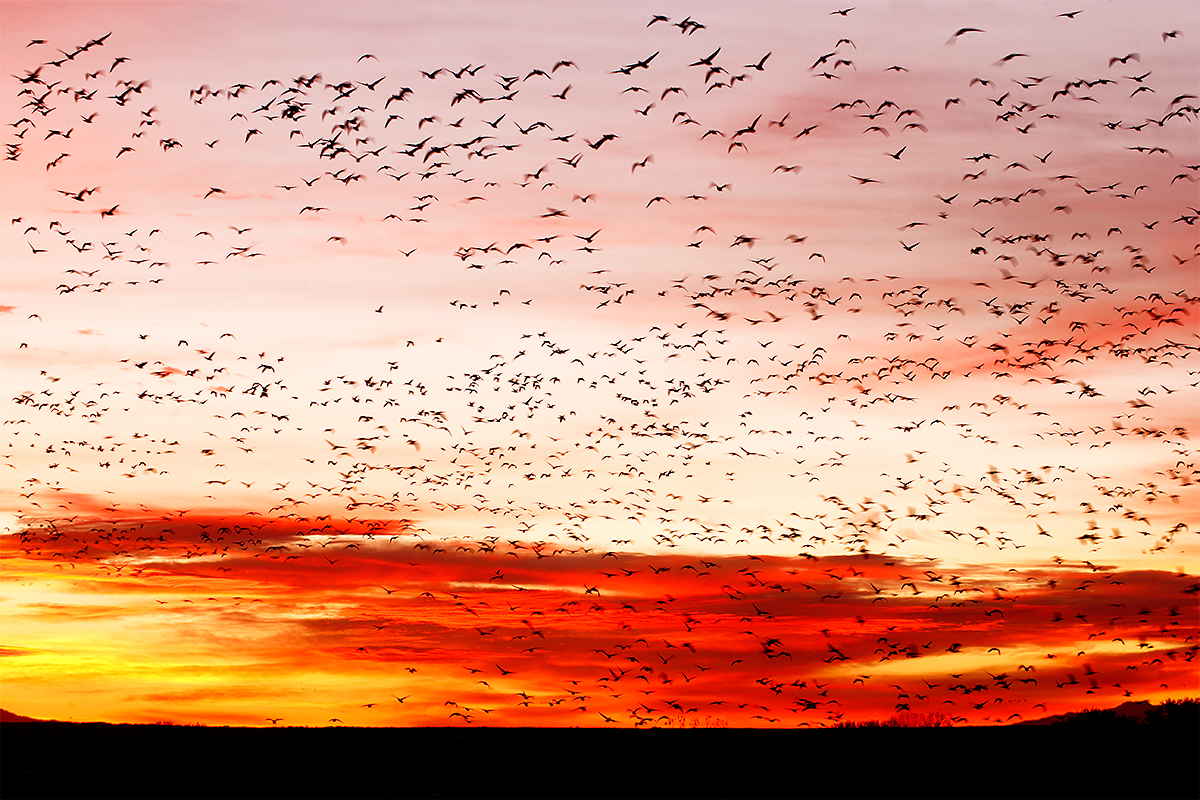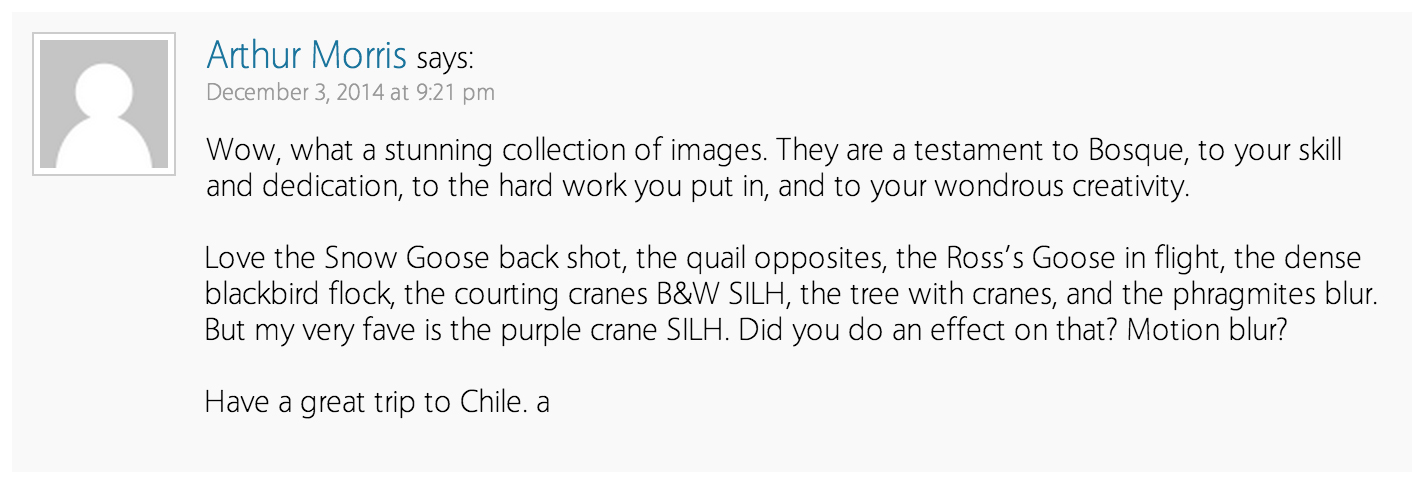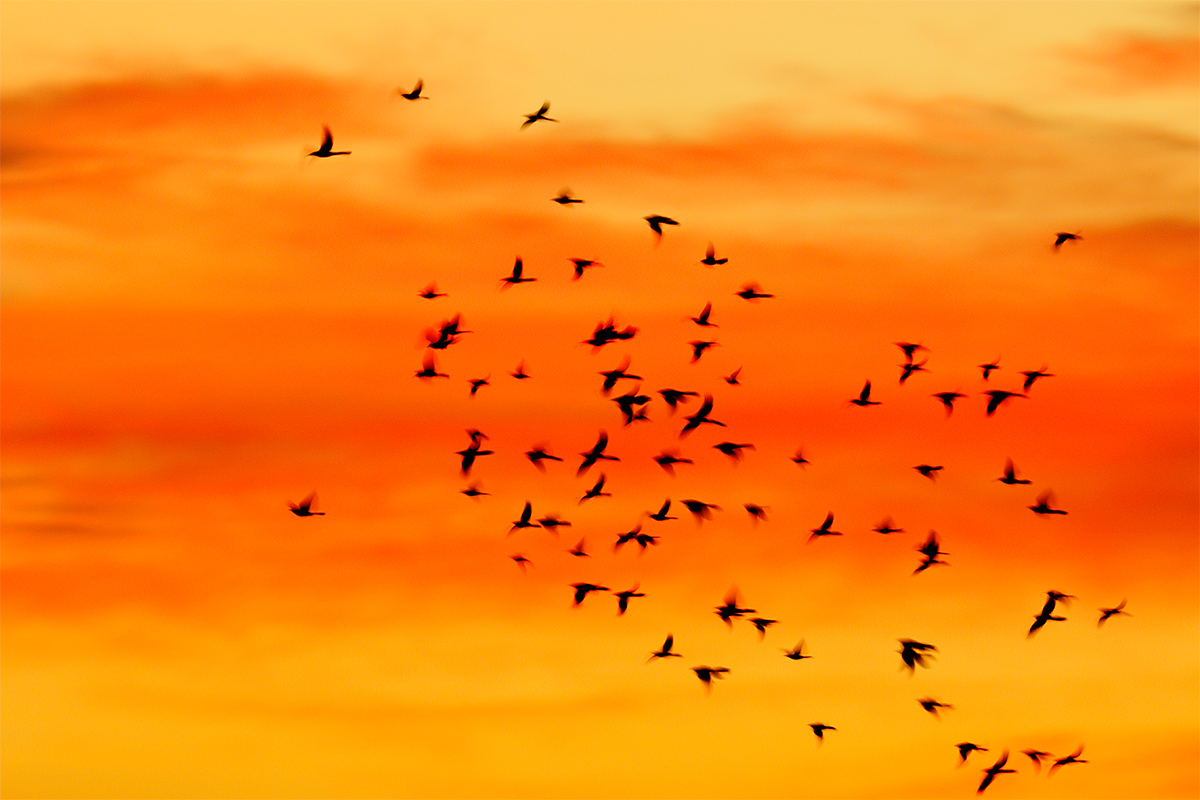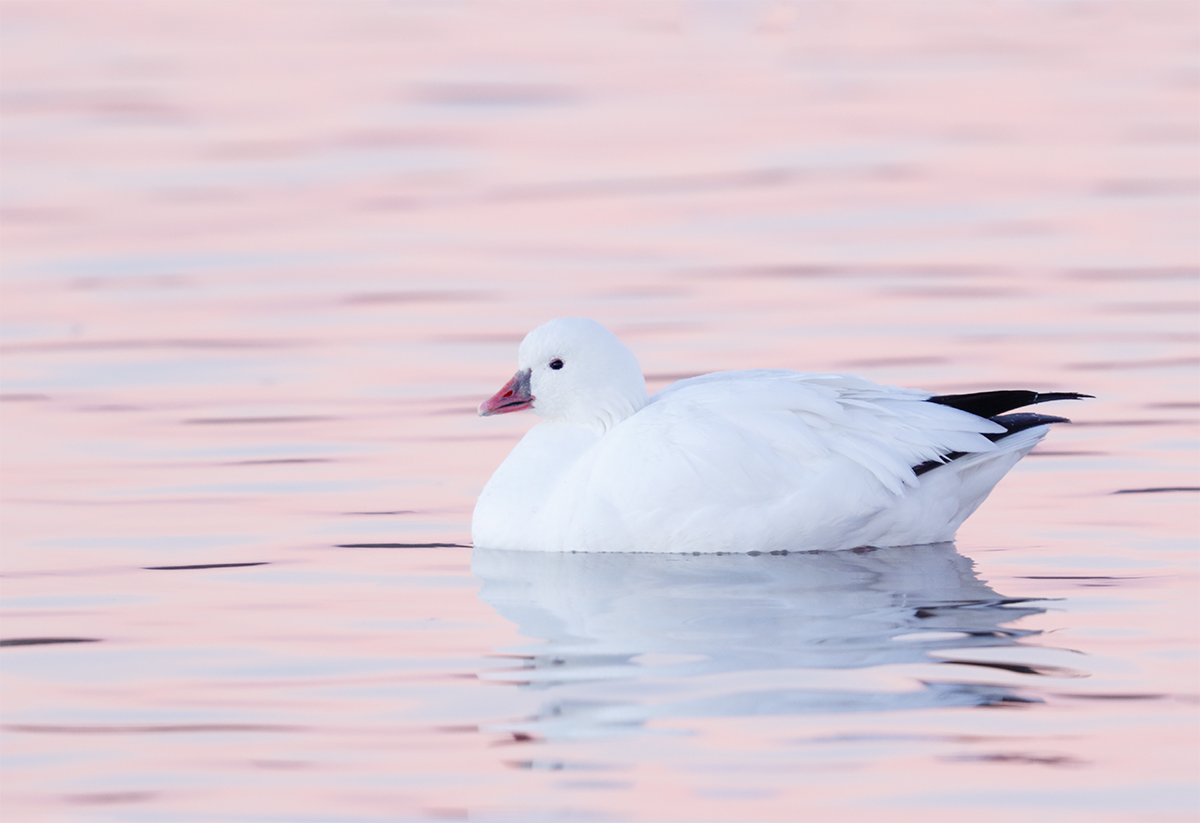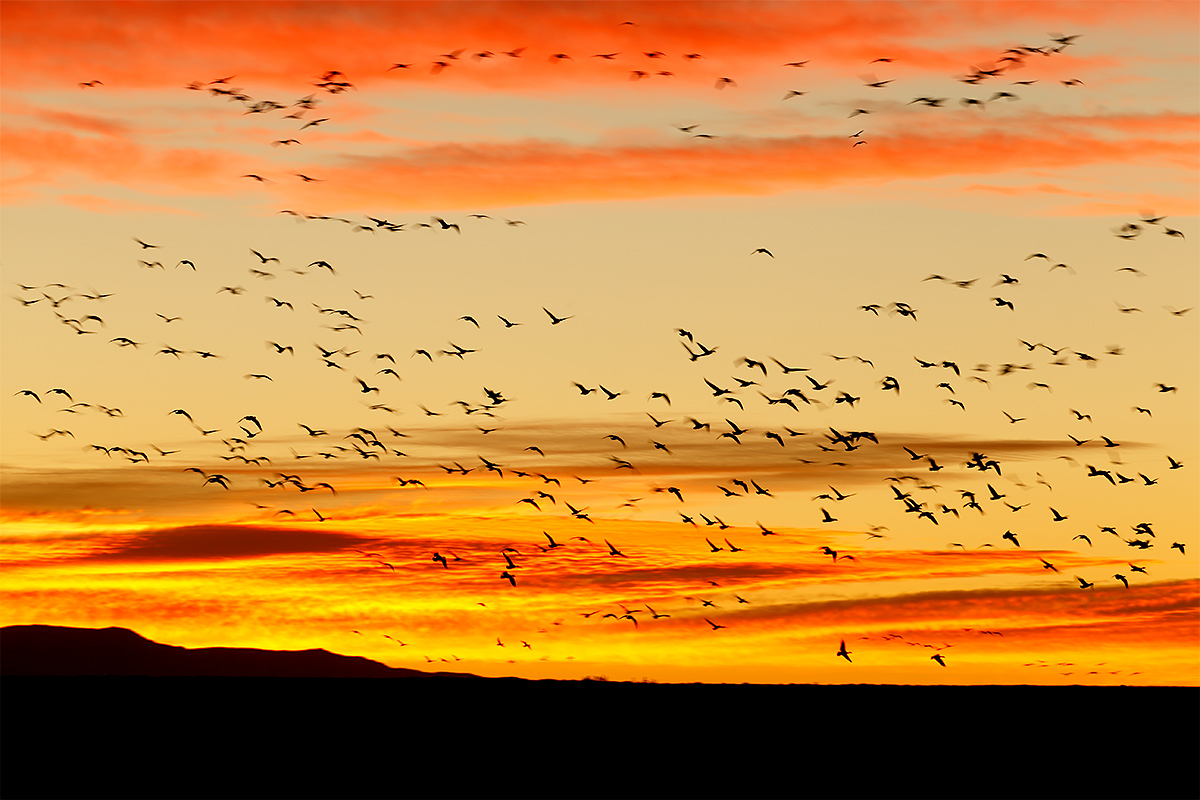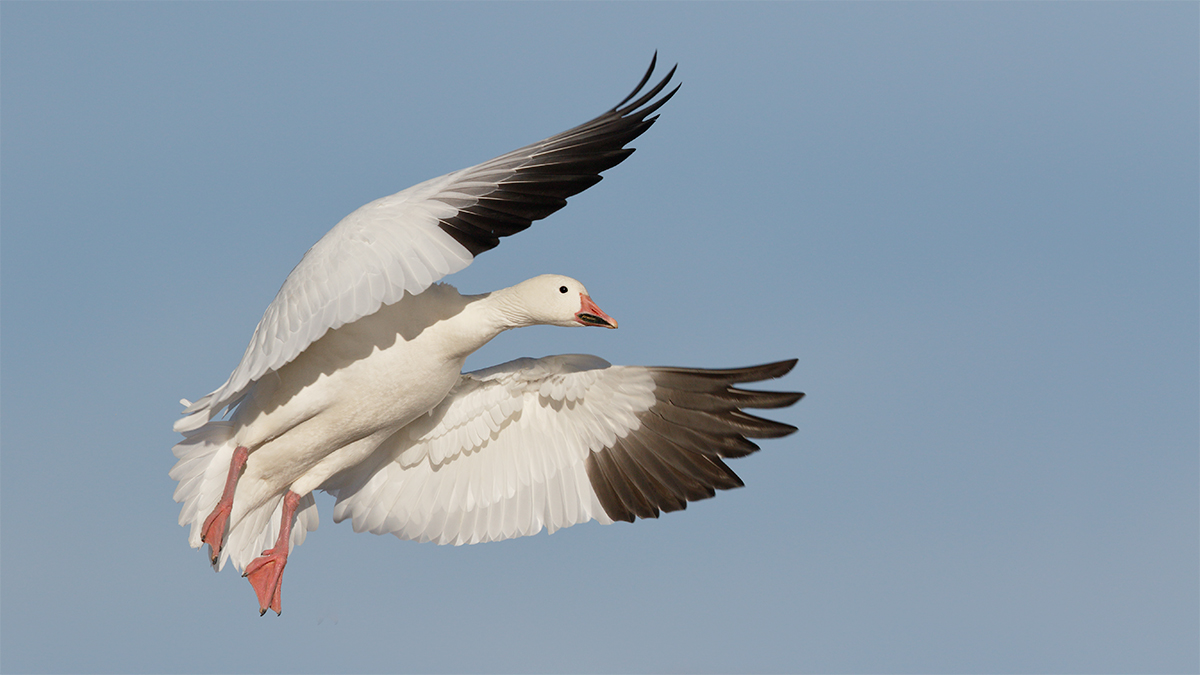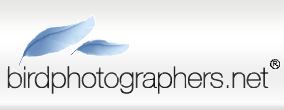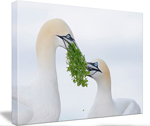December 27th, 2014
What’s Up?
This blog was adapted from one originally published here on August 8, 2012. As I did with many others, I finished this post in the lobby of the Albatross Hotel on Sunday, December 14, 2014.
We boarded the Ortelius on the afternoon of 15 DEC. We get back to dock on the the morning of 9 JAN. There is no wifi on the ship. That means that I will effectively and absolutely be without internet at least from 14 DEC through 9 JAN. At present I am further behind with answering e-mails than at any time since I have began answering folks’ photography-related questions about 25 years ago.
Please therefore refrain from e-mailing me at the usual samandmayasgrandpa e-mail address until I get back home on 13 JAN. You can reach my right-hand man Jim Litzenburg by e-mail here or reach Jennifer here as usual.
Important Blog Notice
I have been preparing a few new blog posts today to be published during my absence with the help of either Jim or the invaluable Peter Kes, the BAA webmaster. In addition, my plan is to resurrect a collection of older but important educational blog posts (like today’s) and have them re-published during my absence. Please enjoy. Please consider signing up for an IPT. And please continue to do a great job of using my B&H and other affiliate links while I am gone.
To show your appreciation for my efforts here, we ask, as always, that you use our the B&H and Amazon affiliate links on the right side of the blog for all of your purchases. B&H Is recommended for you major photography gear purchases, Amazon for your household, entertainment, and general purpose stuff. Please check the availability of all photographic accessories in the BIRDS AS ART Online Store, especially Gitzo tripods, Wimberley tripod heads, and the like. We sell only what I have used, have tested, and can depend on. We will not sell you junk. We know what you need to make creating great images easy and fun. And we are always glad to answer your gear questions via e-mail.
I would of course appreciate your using our B&H affiliate links for all of your major gear, video, and electronic purchases. For the photographic stuff mentioned in the paragraph above we, meaning BAA, would of course greatly appreciate your business. Here is a huge thank you to the many who have been using our links on a regular basis and visiting the BAA Online store as well.
|
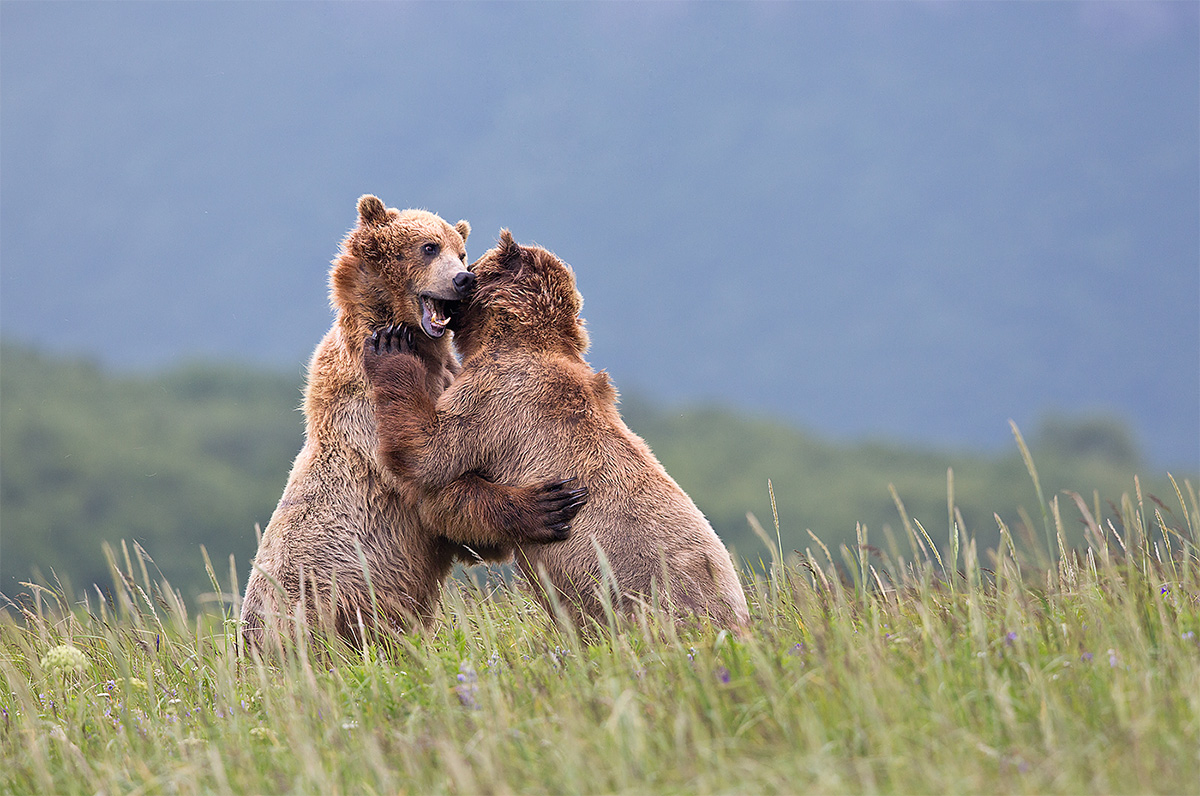
|
|
Squabbling Coastal Brown (Grizzly) Bears. This image was created at Hallo Bay, Katmai National Park, AK with the tripod-mounted Canon 500mm f/4L IS II lens, 1.4X III TC, and the Canon EOS-5D Mark III. ISO 800. Evaluative metering +1/3 stop as framed: 1/500 sec. at f/7.1 in Manual mode.
Left of center sensor/AI Servo Surround Rear Focus AF active at the moment of exposure. Click here if you missed the Rear Focus Tutorial.
|
Coastal Brown Bear Photo Tips
You have traveled to Katmai National Park in hopes of photographing tiny Coastal Brown Bear cubs playing and nursing. But it was a very harsh winter that followed the poor salmon runs of the previous fall and there are no baby bears. And there are very few squabbling bears. And the salmon have not begun running in earnest yet. All that the bears are doing is eating grass. What to do?
| [Not a valid template] |
|
This Coastal Brown (Grizzly) Bear image was created at Hallo Bay, Katmai National Park, AK with the tripod-mounted Canon 500mm f/4L IS II lens and the Canon EOS-5D Mark III. ISO 400. Evaluative metering +1/3 stop as framed: 1/320 sec. at f/6.3 in Manual mode.
One right and two down from the center sensor/AI Servo Surround Rear Focus AF active at the moment of exposure. Click here if you missed the Rear Focus Tutorial.
As you have seen before, this image illustrates why I love the 5D Mark III so much; using my favorite AF Area Selection Mode makes creating pleasing compositions child’s play because it is easy to move the surround AF points quickly and because the AF system is so sure. Learn everything that I know about this great camera and save $10 by clicking here. As you will see, the list of unfinished items has dwindled considerably. The guide is nearly complete. When I am finished, the price will go to $50.
|
What to Do?
You can find a large, beautiful bear in soft light, take about a dozen frames when the subject to imaging sensor is ideal, and then keep the best one or two images.
| [Not a valid template] |
|
This Coastal Brown (Grizzly) Bear image was created at Hallo Bay, Katmai National Park, AK with the tripod-mounted Canon 500mm f/4L IS II lens, the 1.4X III TC, and the Canon EOS-5D Mark III. ISO 400. Evaluative metering +1/3 stop as framed: 1/320 sec. at f/6.3 in Manual mode.
Central sensor (right on the bear’s eye)/AI Servo Surround Rear Focus AF active at the moment of exposure. Click here if you missed the Rear Focus Tutorial.
Here, I love the distant background, the big canines, and the bits of grasses.
|
What to Do?
Have the group sit low and tight as two bears graze closer and closer. Then catch one in the act of chewing.
| [Not a valid template] |
|
This Coastal Brown (Grizzly) Bear image was created at Geographic Harbor, Katmai National Park, AK with the tripod-mounted Canon 500mm f/4L IS II lens, the 1.4X III TC, and the Canon EOS-5D Mark III. ISO 400. Evaluative metering +1/3 stop as framed: 1/800 sec. at f/7.1 in Av mode.
Central sensor/AI Servo Surround Rear Focus AF active at the moment of exposure. Click here if you missed the Rear Focus Tutorial.
|
What to Do?
Stand at full height behind your tripod to avoid getting the dark stuff at the top in the frame. Put the central sensor on the bear’s neck as it angled toward you. When you like what you see, create about a dozen images. Unbeknownst to me my rapid-fire-when-it’s-good approach paid dividends by catching the big bear with a mouthful of grass.
| [Not a valid template] |
|
This Coastal Brown (Grizzly) Bear image was created at Hallo Bay, Katmai National Park, AK with the tripod-mounted Canon 500mm f/4L IS II lens, the 1.4X III TC, and the Canon EOS-5D Mark III. ISO 800. Evaluative metering +2/3 stop as framed: 1/1000 sec. at f/5.6 in Av mode.
Far lower left sensor/AI Servo Surround Rear Focus AF and recompose. Click here if you missed the Rear Focus Tutorial.
|
What to Do?
Go small in the frame, put the bear down in the corner of the frame, and take advantage of the soft light and the glorious meadow.
| [Not a valid template] |
|
This Coastal Brown (Grizzly) Bear image was created at Hallo Bay, Katmai National Park, AK with the tripod-mounted Canon 500mm f/4L IS II lens and the Canon EOS-5D Mark III. ISO 800. Evaluative metering +1/3 stop as framed: 1/640 sec. at f/6.3 in Manual mode.
Two to the right and two down from the central sensor/AI Servo Surround Rear Focus AF active at the moment of exposure. Click here if you missed the Rear Focus Tutorial.
Again, the 5D Mark III’s incredibly wide AF array and my favorite AF Area Selection Mode were up to the task of creating a pleasing composition.
|
What to Do?
Find a bear eating grass among the wildflowers, take off the teleconverter to go wide, get down in the river to get close to the bear’s level and to bring the distant conifer-covered hillside into the frame, and quickly choose the AF sensor that will create the composition that you want. The open mouth and the tiny bits of grass are both pluses.
| [Not a valid template] |
|
This Coastal Brown (Grizzly) Bear image was created at Hallo Bay, Katmai National Park, AK with the tripod-mounted Canon 500mm f/4L IS II lens, the 1.4X III TC, and the Canon EOS-5D Mark III. ISO 50. Evaluative metering at zero: 1/4 sec. at f/8 in Tv mode.
Central sensor/AI Servo Surround Rear Focus AF. Click here if you missed the Rear Focus Tutorial.
|
What to Do?
It was dark. We were in the skiff. I was not too thrilled. When things look bleak learn to think pleasing blurs. As I saw the bear approach the big fire-blackened blog I went to my 5D Mark III’s C2 Custom Shooting Mode blur pre-set. Just a twist of the dial and I am ready for blurs. To learn to create and set your Custom Shooting Modes and save $10 for just a bit longer get yourself a copy of our 5D Mark II User’s Guide by clicking here.
Learn all there is to know about creating pleasing blurs with a copy of A Guide to Pleasing Blurs by Denise Ippolito and yours truly.
|

|
|
All of the images in the bear boat card above were created in Katmai National Park during the month of September.
|
Bear Boat/Bears Catching Salmon IPT: September 1-8, 2015 from Kodiak, AK/6 FULL & 2 1/2 DAYS: $6699. Happy campers only! Maximum 8/Openings: 5. Plus the leader: Arthur Morris.
If I do not have four deposit checks in hand by 1/31/2015 I reserve the right to scrap this trip so please do not purchase your plane tickets until you hear from me. 🙂 Only one to go.
Join me in Katmai National Park, AK for seven days of photographing Coastal Brown Bears (grizzlies) catching salmon, fattening up for the long winter. Other subjects will include Mew and Glaucous-winged Gulls in flight and dip-feeding on salmon roe. Did I mention that we live on a boat and that the food is great? Most of our photography will be done in a variety of famed locations: Geographic Harbor, Kinak Bay, and Kukak Bay. We once had 39 bears fishing the creek at Kukak….
It is mandatory that you be in Kodiak no later than the late afternoon of August 31, 2015 September to avoid missing the float planes to the boat on the morning of September 1. With air travel in AK being what it is, with the chance of fog or other bad weather–being on Kodiak on August 30 is an even better plan). I be on Kodiak on August 30 to avoid any potential disaster. That said in my nearly a dozen bear boat trips I was delayed only once but since I was day early as noted above there was no harm, no foul.
We will take one or more float planes to the boat mid-morning on September 1. We will photograph bears fishing that afternoon and every day for the next six days (weather permitting of course). We should have bears catching salmon every day. In addition, we will get some nice stuff on Mew Gull and Glaucous-winged Gulls dining on roe and the remains of predated salmon. We may–depending on where the concentrations of bears are–get to photograph Harbor seals and some hauled out Steller’s Sea Lions (an endangered species). Halibut fishing (license required) is optional. On September 8, our last morning on the boat, those who would like to enjoy one last photo session will do so. The group returns to Kodiak via float plane midday. Most folks will fly to Anchorage and then continue on red-eye flights to their home cities.
The eight days will consist of six full days (Sept 2, 3, 4, 5, 6, & 7) of photography featuring lots of Coastal Brown Bears catching salmon as above plus a variety of other natural history subjects plus some nice scenic photography that I forgot to mention above. Plus the first afternoon and the last morning.
What’s included? 8 DAYS/7 NIGHTS on the boat as above. All meals on the boat. (The food is quite excellent.) National Park fees. One night’s double occupancy lodging on Kodiak; arrive: Sept 1/depart: Sept 2. The thank-you-in-advance dinner on Sept 1. In-the-field photo tips, instruction, and guidance. An insight into the mind of a top professional; I will constantly let you know what I am thinking, what I am doing, and why I am doing it. Small group image review, image sharing, and Photoshop instruction on the boat.
What’s not included: Your round trip airfare to and from Kodiak, AK (almost surely through Anchorage). All necessary lodging other than the cost of your double occupancy room on the night of August 31 should you opt to arrive early–we can arrange that in advance for you. We will let you know the cost of a single supplement for the one night if so desired. The cost of the round-trip float plane to the boat on September 2 and back to Kodiak on September 9. The cost of a round trip this year was $500. The suggested crew tip of $210.
Is this an expensive trip? Yes, of course. But with 6 full and two half days, a wealth of great subjects, and the fact that you will be walking with the bears just yards away (or less….) it will be one of the great natural history experiences of your life. Most folks who take part in a Bear Boat IPT wind up coming back for more.
A $2,000 per person non-refundable deposit by check only made out to “Arthur Morris” is required to hold your spot. Please click here to read our cancellation policy. Then please print, read, and sign the necessary paperwork here and send it to us.
Your deposit is due immediately. That will leave a balance of $4699. The next payment of $2699 will be due on February 15, 2015. The final payment of $2000 is due on May 1, 2015.
I hope that you can join us for this wondrously exciting trip.
By e-mail from Bill Keown, veteran of three bear boat trips!
Hi Artie, What a great trip! With the exception of the one bright sunny day it was just great. Very different from my first trip in June where we only had the bears clamming; the fishing bears were amazing! As always I learned a lot and enjoyed the group immensely. All the Best, Bill
Facebook
Be sure to like and follow BAA on Facebook by clicking on the logo link upper right. Tanks a stack!
Support the BAA Blog. Support the BAA Bulletins: Shop B&H here!
We want and need to keep providing you with the latest free information, photography and Photoshop lessons, and all manner of related information. Show your appreciation by making your purchases immediately after clicking on any of our B&H or Amazon Affiliate links in this blog post. Remember, B&H ain’t just photography!
…..




Amazon.com
Those who prefer to support BAA by shopping with Amazon may use this link:
Amazon Canada
Many kind folks from north of the border, eh, have e-mailed stating that they would love to help us out by using one of our affiliate links but that living in Canada and doing so presents numerous problems. Now, they can help us out by using our Amazon Canada affiliate link by starting their searches by clicking here. Many thanks to those who have written.
Typos
In all blog posts and Bulletins, feel free to e-mail or to leave a comment regarding any typos or errors. Just be right :).
December 25th, 2014
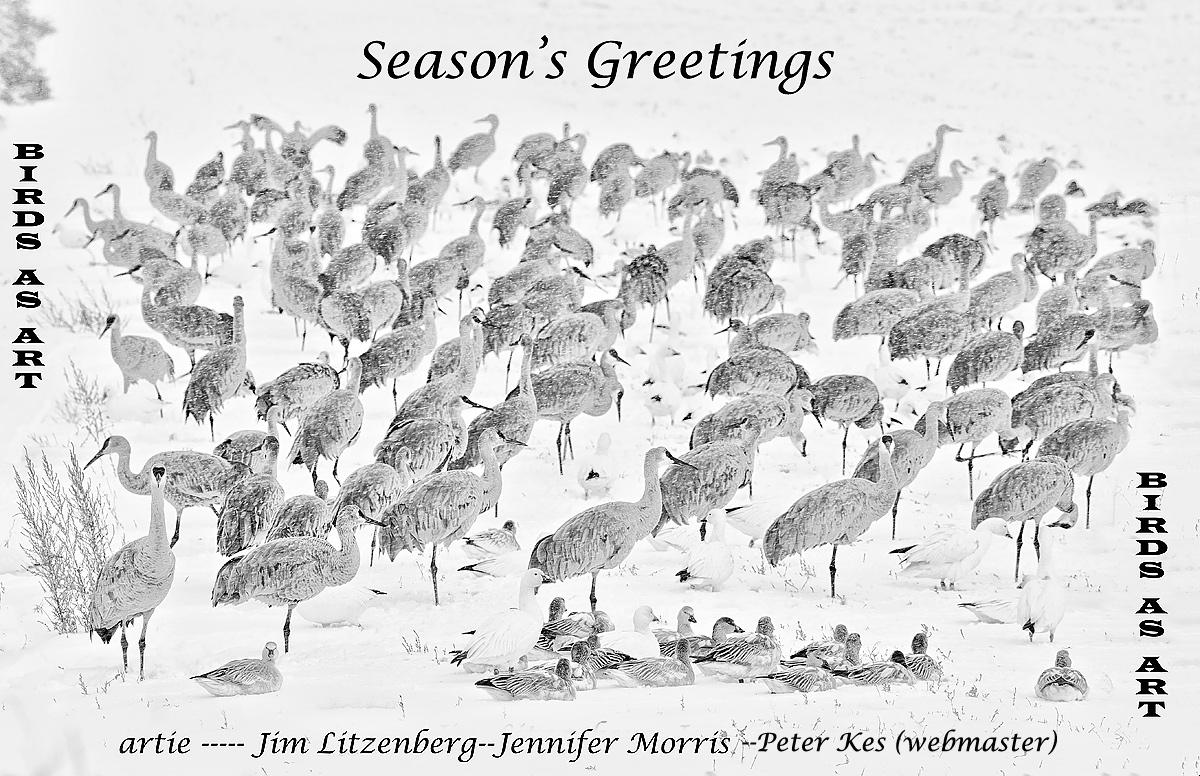
|
|
Breathe deeply. Have fun. Love what is. Don’t take it personally. Happiness is a choice 🙂
|
Season’s Greetings 2014–2015
Here’s to wishing everyone a Merry Christmas, a Happy Chanukah, and a safe, happy, healthy, and productive new year. Filled with lots of learning and great images.
December 24th, 2014 What’s Up?
I wrote this blog post in the Albatross Hotel on Sunday, December 14, 2014.
Along with the rest of my shipmates I boarded the Ortelius on the afternoon of 15 DEC. We get back to dock on the the morning of 9 JAN. There is no wifi on the ship. That means that I will effectively and absolutely be without internet at least from 14 DEC through 9 JAN. At present I am further behind with answering e-mails than at any time since I have began answering folks’ photography-related questions about 25 years ago.
Please therefore refrain from e-mailing me at the usual samandmayasgrandpa e-mail address until I get back home on 13 JAN. You can reach my right-hand man Jim Litzenburg by e-mail here or reach Jennifer here as usual.
Important Blog Notice
I have been preparing a few new blog posts today to be published during my absence with the help of either Jim or the invaluable Peter Kes, the BAA webmaster. In addition, my plan is to resurrect a collection of older but important educational blog posts (like today’s) and have them re-published during my absence. Please enjoy. Please consider signing up for an IPT. And please continue to do a great job of using my B&H and other affiliate links while I am gone.
To show your appreciation for my efforts here, we ask, as always, that you use our the B&H and Amazon affiliate links on the right side of the blog for all of your purchases. B&H Is recommended for you major photography gear purchases, Amazon for your household, entertainment, and general purpose stuff. Please check the availability of all photographic accessories in the BIRDS AS ART Online Store, especially Gitzo tripods, Wimberley tripod heads, and the like. We sell only what I have used, have tested, and can depend on. We will not sell you junk. We know what you need to make creating great images easy and fun. And we are always glad to answer your gear questions via e-mail.
I would of course appreciate your using our B&H affiliate links for all of your major gear, video, and electronic purchases. For the photographic stuff mentioned in the paragraph above we, meaning BAA, would of course greatly appreciate your business. Here is a huge thank you to the many who have been using our links on a regular basis and visiting the BAA Online store as well.
|
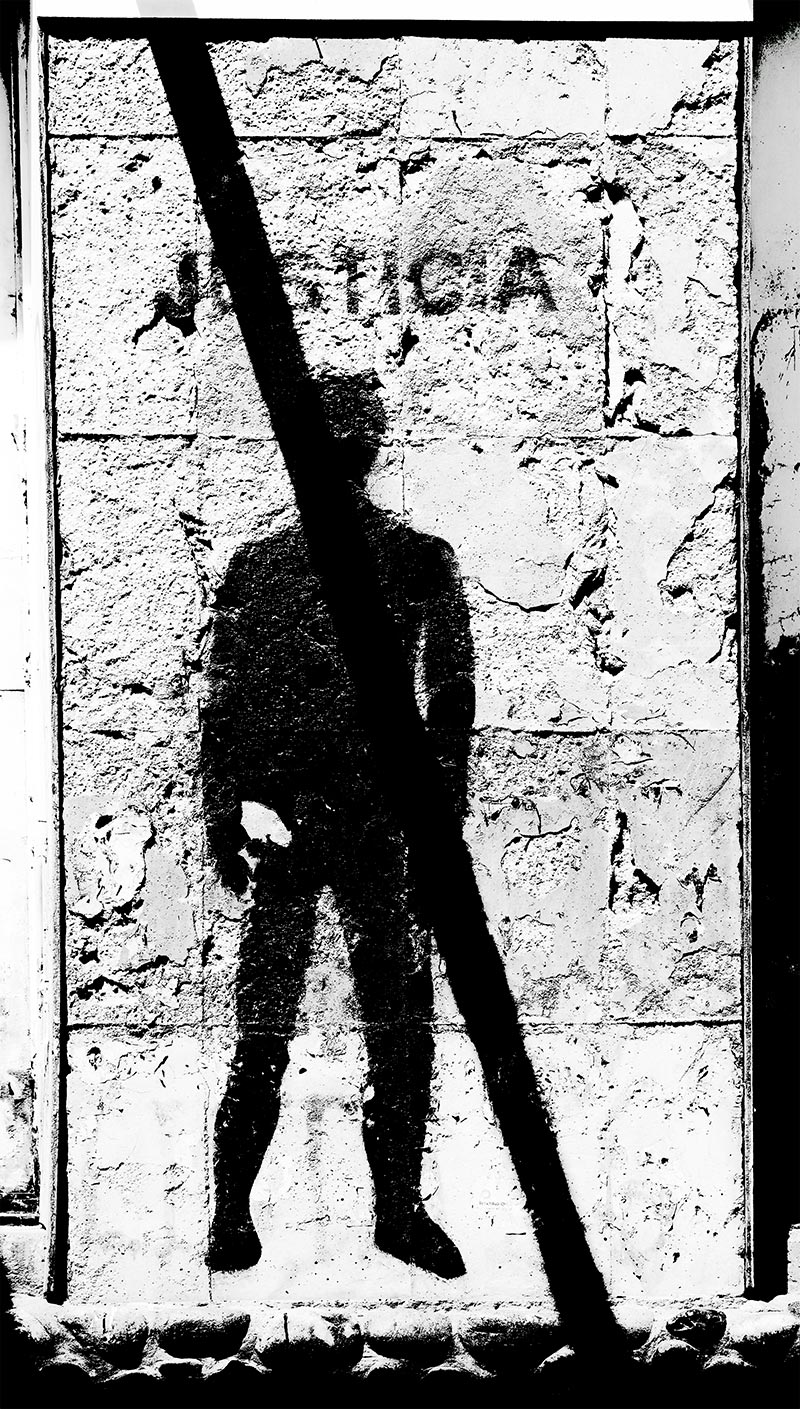
|
|
This image was created on the way to lunch on my first and only full day in Ushuaia, Argentina. I used the Canon EF 70-200mm f/2.8L IS II USM lens (hand held at 85mm and the Canon EOS 7D Mark II . ISO 400. Evaluative metering at zero: 1/2000 sec. at f/7.1 in Av mode.
Central Zone/AI Servo/Rear Focus AF as originally framed. Click here to see the latest version of the Rear Focus Tutorial. Click on the image to see a larger version.
|
Shadowed Symbolism: Street Photography in Ushuaia
On the way to lunch, I brought along my favorite street photography lens, the very versatile 70-200mm f/2.8L IS II. The diagonal black line is actually a shadow, one that adds a bit of mystery and power to the image which likely already carried with it some sort of political message. I went to black and white by setting the Picture Style to Monochrome and then increasing the contrast, all that in DPP 4.0. Sometimes in life and photography timing is everything.
Please leave a comment and share your thoughts with us.
|
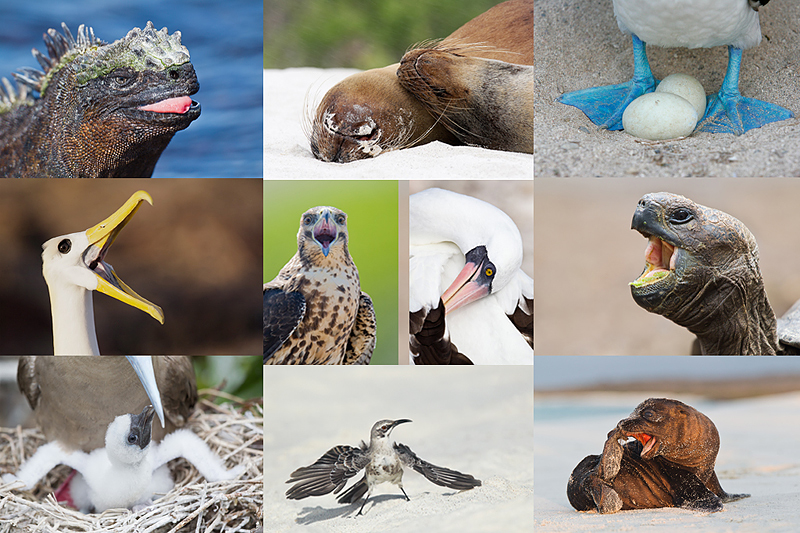
|
|
Do consider joining me for a once in a lifetime trip to the Galapagos archipelago in July, 2015.
|
GALAPAGOS Photo Cruise of a Lifetime IPT/The Complete Galapagos Photographic Experience. July 14-28, 2015 on the boat. 13 FULL and two half-days of photography: $12,499. Limit 14 including the leader:/Openings: 4.
My two-week Galapagos Photo-Cruises are without equal. The world’s best guide, a killer itinerary, a great boat (the Samba), and the best leader with eight Galapagos cruises under his belt. Pre-trip and pre-landing location-specific gear advice. In-the-field photo instruction and guidance. Jeez, I almost forgot: fine dining at sea!
The great spots that we will visit include Tower Island (including Prince Phillips Steps and Darwin Bay), Hood Island (including Punta Suarez, the world’s only nesting site of Waved Albatross, and Gardner Bay)—each of the preceding are world class wildlife photography designations that rank right up there with Antarctica, Africa, and Midway. We will also visit Fernandina, Puerto Ayora for the tortoises, Puerto Egas—James Bay, North Seymour and Isla Lobos for nesting Blue-footed Booby (most years), South Plaza, Floreana, and Urbina Bay, all spectacular in their own right. We visit every great spot on a single trip. Plus tons more. And there will he lots of opportunities to snorkel on sunny mid-days for those like me who wish to partake.
We will be the first boat on each island in the morning and the last boat to leave each island every afternoon. If we are blessed with overcast weather, we will often spend 5-6 hours at the best sites. And as noted above, mid-day snorkeling is an option on most sunny days depending on location. Note: some of the walks are a bit strenuous. Great images are possible on all landings with a hand held 70-200mm lens and a 1.4X teleconverter. I bring a longer lens ashore on most landings as that fits my style. I generally work with either the Canon 300mm f/2.8L IS or the Canon 200-400mm f/4 L IS with Internal Extender.
Do know that there is a NatureScapes Galapagos trip: one week for $8495. Thus, my trip represents a tremendous value; why go all that way and miss half of the great photographic locations?
The Logistics
Fly to Guayacil, Ecuador on July 12, 2015. Travel insurance/rest day: July 13 (We may or may not offer a photo outing on the 13th). Fly to the archipelago on July 14 and board the Samba. Get off the boat on July 28. Fly to Guayacil that afternoon. Fly home on the early morning of July 29 unless you are staying on or going elsewhere (or catching a red-eye flight on the evening of the 28th).
$12,499 includes just about everything: all transfers, guide and park fees, all food on the boat, transfers and ground transportation, your flights to the archipelago, and three nights (double occupancy) in a top notch hotel in Guayacil. If you are good to go, a non-refundable deposit of $5,000 per person is due immediately. The second payment of $4,000 is not due until 11/1/14. The final payment of $3449 per person will be due on 2/1/15. A $200 discount will be applied to each of the balances for couples or friends who register at the same time.
Purchasing travel insurance within 2 weeks of our cashing your deposit check is strongly recommended. On my past two cruises a total of 5 folks were forced to cancel less than one week prior to the trip. My family and I use Travel Insurance Services and strongly recommend that you do the same.
Not included: your round trip airfare from your home to and from Guayacil, beverages on the boat, phone calls, your meals in Guayacil, personal items, and a $600/person cash tip for the crew and the guide—this works out to roughly $40/day to be shared by the 7 folks who will be waiting on us hand and foot every day for two weeks. The service is so wonderful that many folks choose to tip extra.
Please e-mail for the complete itinerary and for additional info and images. Please cut and paste “Galapagos 2015 Info Please) into the Subject line.
Facebook
Be sure to like and follow BAA on Facebook by clicking on the logo link upper right. Tanks a stack!
Support the BAA Blog. Support the BAA Bulletins: Shop B&H here!
We want and need to keep providing you with the latest free information, photography and Photoshop lessons, and all manner of related information. Show your appreciation by making your purchases immediately after clicking on any of our B&H or Amazon Affiliate links in this blog post. Remember, B&H ain’t just photography!
…..




Amazon.com
Those who prefer to support BAA by shopping with Amazon may use this link:
Amazon Canada
Many kind folks from north of the border, eh, have e-mailed stating that they would love to help us out by using one of our affiliate links but that living in Canada and doing so presents numerous problems. Now, they can help us out by using our Amazon Canada affiliate link by starting their searches by clicking here. Many thanks to those who have written.
Typos
In all blog posts and Bulletins, feel free to e-mail or to leave a comment regarding any typos or errors. Just be right :).
December 21st, 2014 What’s Up?
I wrote this blog post on my red-eye flight from Atlanta to Buenos Aires, Argentina. If things go right this blog post should be published either by Peter Kes from Switzerland or by Jim Litzenberg from ILE sometime fairly soon after we set sail. Thanks Guys.
Along with the rest of my shipmates I will board the Ortelius on the afternoon of 15 DEC and disembark on the morning of 9 JAN. There is no wifi on the ship. That means that I will effectively and absolutely be without internet at least from 14 DEC through 9 JAN. At present I am further behind with answering e-mails than at any time since I have began answering folks’ photography-related questions about 25 years ago.
Please therefore refrain from e-mailing me at the usual samandmayasgrandpa e-mail address until I get back home on 13 JAN. You can reach my right-hand man Jim Litzenburg by e-mail here or reach Jennifer here as usual.
Important Blog Notice
I hope to have some time before getting on the ship to prepare a few new blog posts and to have them published during my absence with the help of either Jim or the invaluable Peter Kes, the BAA webmaster. In addition, my plan is to resurrect a collection of older but important educational blog posts and have them re-published during my absence. Please enjoy. Please consider signing up for an IPT. And please continue to do a great job of using my B&H and other affiliate links while I am gone.
|
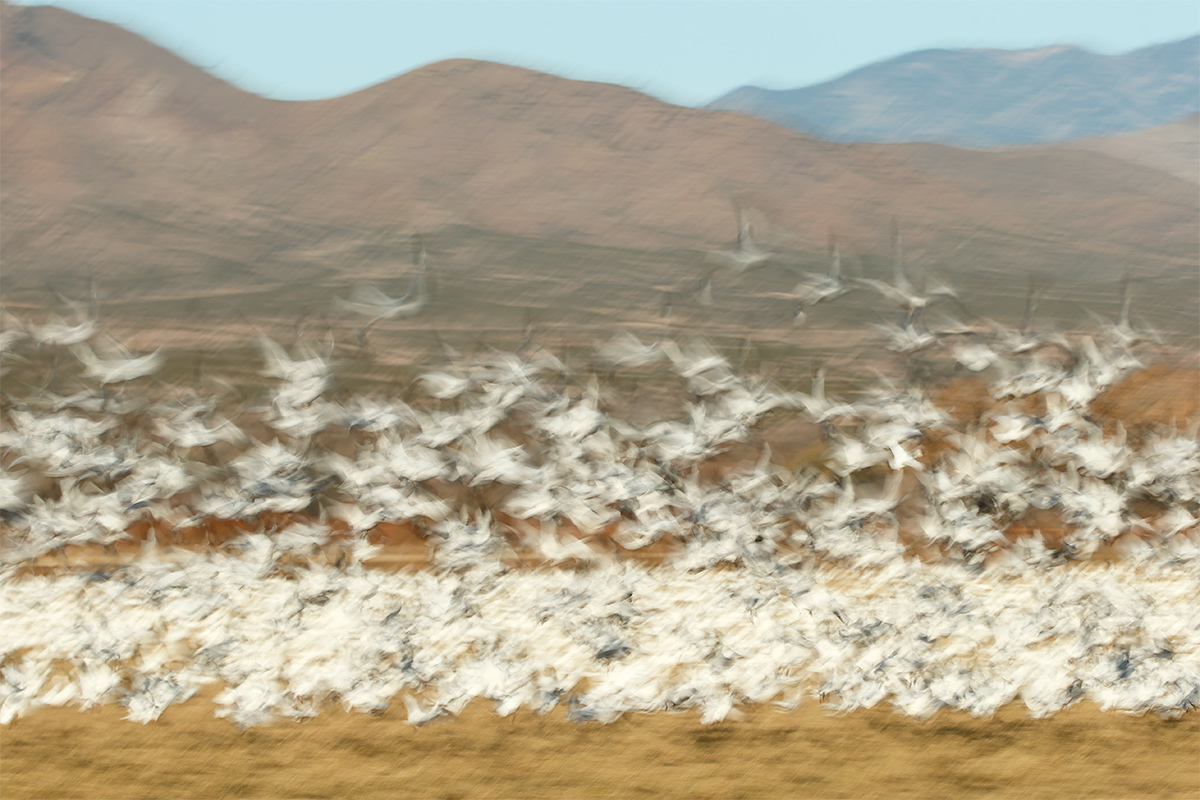
|
|
This image was created on 7 DEC at 8:29am in a bright sun with the hand held Canon EF 70-200mm f/2.8L IS II lens , the Canon 1.4x EF Extender III (Teleconverter) (at 280mm), and the Canon EOS-1D X. ISO 100. Evaluative metering + 2/3 stop as framed (to the point of blinkies on the resting geese): 1/8 sec. at f/6.3 in Manual mode.
Two sensors below the central sensor/AI Servo Surround/Rear Focus AF as framed was active at the moment of exposure. Click here if you missed the Rear Focus Tutorial. Be sure to click on the image to see a larger version.
|
Understanding the Blur-blend Phenomenon
A while back we spoke here of the blur-blend phenomenon. On a sunny day, working in Manual mode with a relatively slow shutter speed no faster than 1/15 sec., keep the lens still while pointed down sun angle at some white geese. Make some test exposures while using a wider and wider aperture until you have significant blinkies on the birds. Those will usually occur one click after the first blinkies appear.
Next, create a pan blur or two of the same scene. At 1/15 sec. you will need to pan fairly quickly. At 1/8 or 1/4 sec., (remember, you always want to set the lowest possible ISO when creating intentional blurs), you can pan more slowly. Make a few images while panning. Surprise! The blinkies that were originally caused by 2/3 stop of over-exposure, will be gone.
Why? Because of the blur-blending effect. The bright WHITEs of the geese are blended with the yellow grasses or the brown dirt or whatever else is in the background as you pan and become a much more pleasing off-white color. And these off-whites are much easier to deal with exposure-wise than the bright WHITEs are. Thanks to Denise Ippolito for opening my eyes to the blend-blur phenomenon. She described it; I named it. Understanding the blend blur effect explains why so many pleasing blurs of white subjects need to be lightened either during RAW conversion or in Photoshop. To get bright WHITEs with your pleasing pan blurs, be sure to set your exposures one or two clicks into blinkies.
Please continue on to learn about my revelation.
|
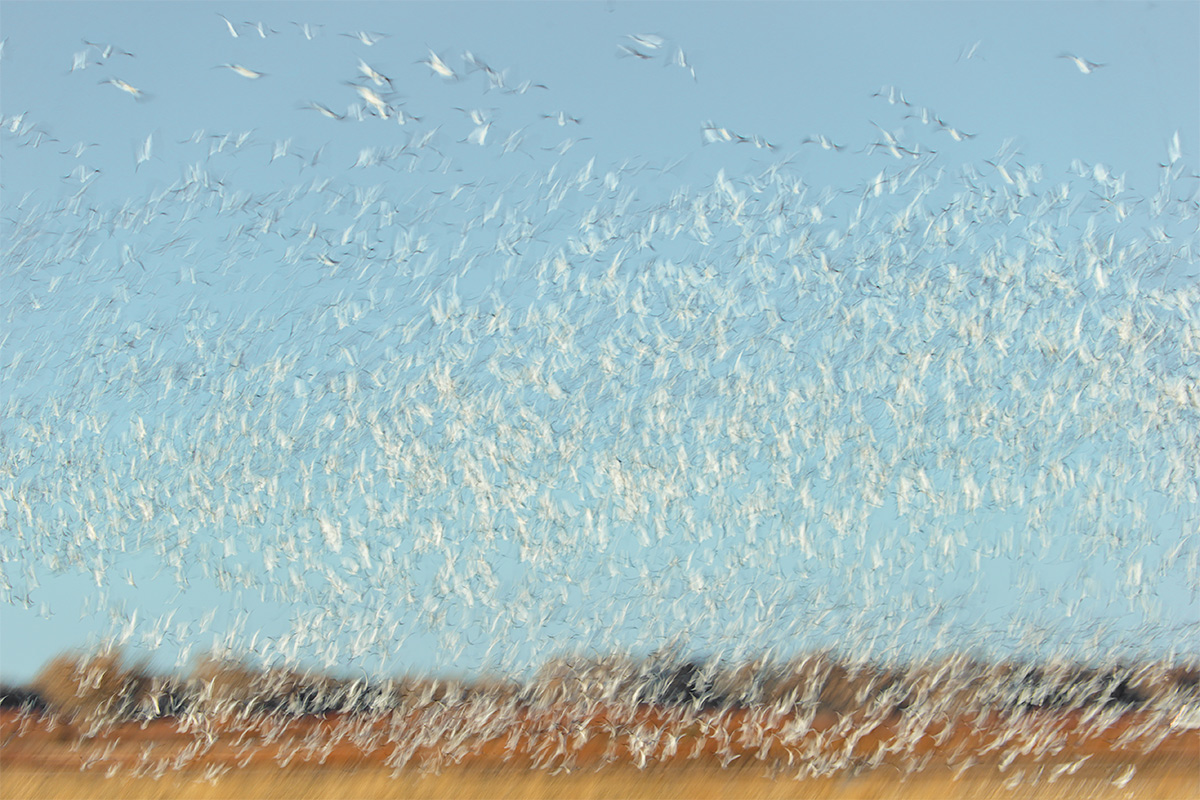
|
|
This image was created on 7 DEC at 3:03pm in a bright sun with the hand held Canon EF 70-200mm f/2.8L IS II lens , the <Canon Extender EF 2X III (at 400mm), and the Canon EOS-1D X. ISO 200. Evaluative metering + 2/3 stop with the geese on the ground was about +1 1/3 stops as framed (again, to the point of blinkies on the resting geese): 1/8 sec. at f/6.3 in Manual mode.
Two sensors below the central sensor/AI Servo Surround/Rear Focus AF as framed was active at the moment of exposure. Click here if you missed the Rear Focus Tutorial. Be sure to click on the image to see a larger version.
|
The Promised Revelation…
After the fact the revelation that I had will seem obvious to most of you. None-the-less, understanding the concept that I am about to share with you was indeed a huge revelation for me. I was talking with blog-regular and IPT veteran David Policansky on one of the Festival of the Cranes In-the-field Early Morning Workshops. David has never been a huge fan of pleasing blurs. He persisted in creating sharp images of sunlit blastoffs.
At one point in our conversation I said, “I have never seen a sharp image of a white geese blastoff created in bright sun that I liked at all.” He asked, “Why?” It was then that it hit me. The blur-blend phenomenon turns glaringly bright WHITEs with their accompanying harsh shadows into soft, pleasing off whites. By getting to a slow shutter speed and panning you can transform, harsh, jangling images into softly lit masterpieces even in the bright sun of a clear midday in New Mexico. And working in either cloudy WB or 8000K can enhance the pleasing light effect even more.
To learn how I get to such slow shutter speeds even in bright sun and harsh light, keep reading.
|
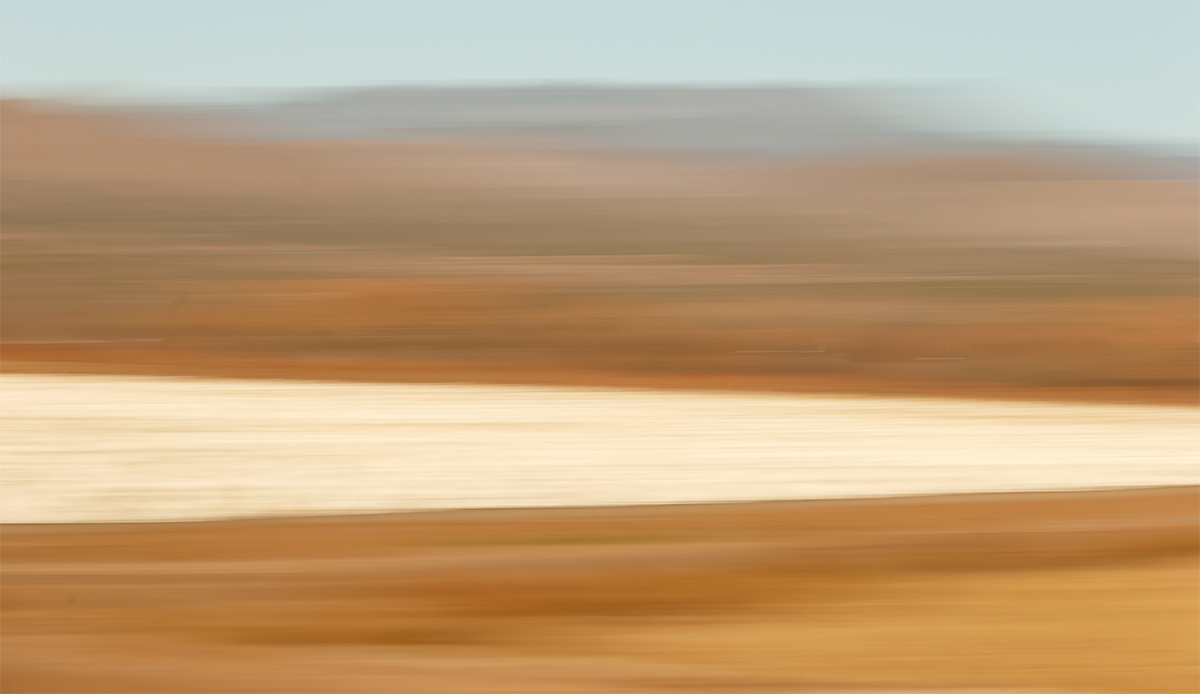
|
|
This abstract pan blur was created on 7 DEC at 8:02am in a bright sun with the hand held Canon EF 70-200mm f/2.8L IS II lens , the Canon 1.4x EF Extender III (Teleconverter) (at 280mm), and the Canon EOS-1D X. ISO 100. Evaluative metering + 2/3 stop as initially framed (again, to the point of blinkies on the resting geese): 1/8 sec. at f/5.6 in Manual mode.
Central sensor/AI Servo Surround/Rear Focus AF as on the near edge of the goose flock, release and pan. Click here if you missed the Rear Focus Tutorial. Be sure to click on the image to see a larger version.
|
New Pan Blur Tip
To introduce triangular wedges into your pan blurs try zooming from wider to tighter during the exposure as I did here. This technique should work well for flower fields as well.
Singh-Ray ND Filters to the Rescue
About the best that you can do at ISO 50 in bright sun is about 1/15 sec. at f/32 or so. It is impossible to get down to or below 1/8 or 1/4 sec., shutter speeds that allow you to get really creative (and/or really lucky). At small apertures in the vicinity of f/32 the time spent dust spotting will be considerable. No matter how clean you keep your sensor, the microscopic dust that is impossible to eliminate totally will make cleaning the dust bunnies a most unpleasant chore.
Remember that with Highlight Tone Priority turned off you can get down to ISO 50 with the 1D X (and with the 5D II as well). A careful look at the EXIF data for today’s three featured images will reveal that I actually had to raise the ISO to be able to shoot at the desired slow shutter speed. The Singh Ray 5-Stop Mor-Slo Solid Neutral Density Filter (glass) allows me to get down to the really creative low shutter speeds that I crave even in bright sunny conditions on clear days. I use the 77mm thin-ring (no front threads) with my favorite blur lens, the Canon EF 70-200mm f/2.8L IS II lens and also with the 16-35mm IS lens. It would work just as well with either the 0ld 100-400 or with the soon-to-be-released 100-400 mm L IS II. Whatever your intermediate telephoto lens, Singh-Ray makes the 5-Stop in the size that you need. I go with thin as I will never be putting another filter in front of my NDs. Though it takes a moment for your eye to get used to the dark view I find the AF acquires quickly with the 5-Stop ND in place. On rare occasion I need to touch up the focus manually to get AF to grab.
On cloudy days I opt for the 77mm George Lepp 3 Solid Neutral Density Filter to avoid having to raise the ISO beyond 400. These more economical filters are handcrafted with the highest quality optical resin for outstanding image quality and no loss of color fidelity. As always, I opt for thin-ring.
While I use these two filters almost exclusively at Bosque for geese and blackbird blasts, they can be equally useful to landscape photographers who include moving water or clouds in their images. Even more valuable for those folks are Singh-Ray’s line of Variable ND filters….
To sum up I would no more consider being afield at Bosque without my Sing-Ray ND filters than I would of heading out without a camera and lens.
Singh-Ray Filters
Singh-Ray filters have been used by the world’s top photographers for many decades. Who? Art Wolfe, Tony Sweet, John Barclay, my new friend Ian Plant, my BFF and oft-business partner, Denise Ippolito, Nevada Weir, Brenda Tharp, Cole Thompson, Chuck Kimmerle, and the late Galen Rowell among others. Singh-Ray has been and is the name in quality filters. I often use a 77mm warming polarizer set to dark at Bosque to get to a slower shutter speed in too-bright conditions. Toward that end, BIRDS AS ART is working with Singh-Ray to produce a 5-stop Neutral Density filter to to fit the filter drawers of Canon Super-telephoto lenses. Stayed tuned for info on that.
No other filter manufacturer comes close to matching the quality of Singh-Ray’s optical glass that is comparable to that used by NASA. And they continue to pioneer the most innovative products on the market like their ColorCombo polarizer, Vari-ND variable and Mor-Slo 15-stop neutral density filters. When you use their filters, you’ll create better, more dramatic images and, unlike other filters, with absolutely no sacrifice in image quality. All Singh-Ray filters are handcrafted in the USA.

Best News: 10% Discount/Code at checkout: artie10
To shop for a Singh-Ray 5-Stop Mor-Slo Fliter (for example), click on the logo link above, click on “Neutral and color
Solid Neutral Density Filters (glass), then click on “Mor-Slo™ 5, 10, 15 and 20-Stop Solid Neutral Density Filters (glass),” choose the size and model, add to cart, and then checkout. At checkout, type artie10 into the “Have a coupon? Click here to enter your code” box, and a healthy 10% discount will be applied to your total. In addition to enjoying the world’s best filter at 10% off you will be supporting my efforts here on the blog.
|
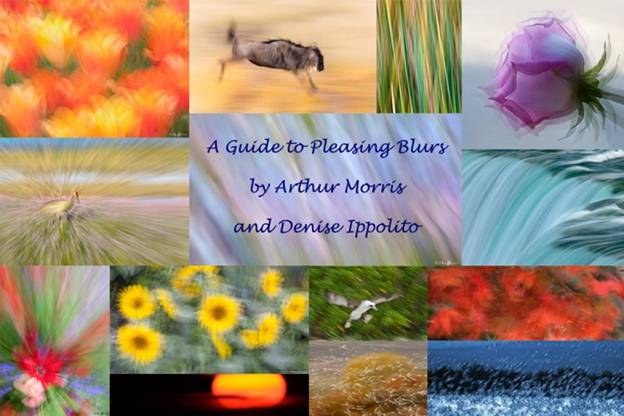
|
|
Learn the secrets of creating contest winning images in our “A Guide to Pleasing Blurs.”
|
A Guide to Pleasing Blurs
In our A Guide to Pleasing Blurs by Denise Ippolito and yours truly, we discuss just about every technique ever used mankind to create pleasingly blurred image. Ninety-nine point nine percent of pleasing blurs are not happy accidents. You can learn pretty much everything that there is to know about creating them in this instructive, well written, easy to follow guide.
|
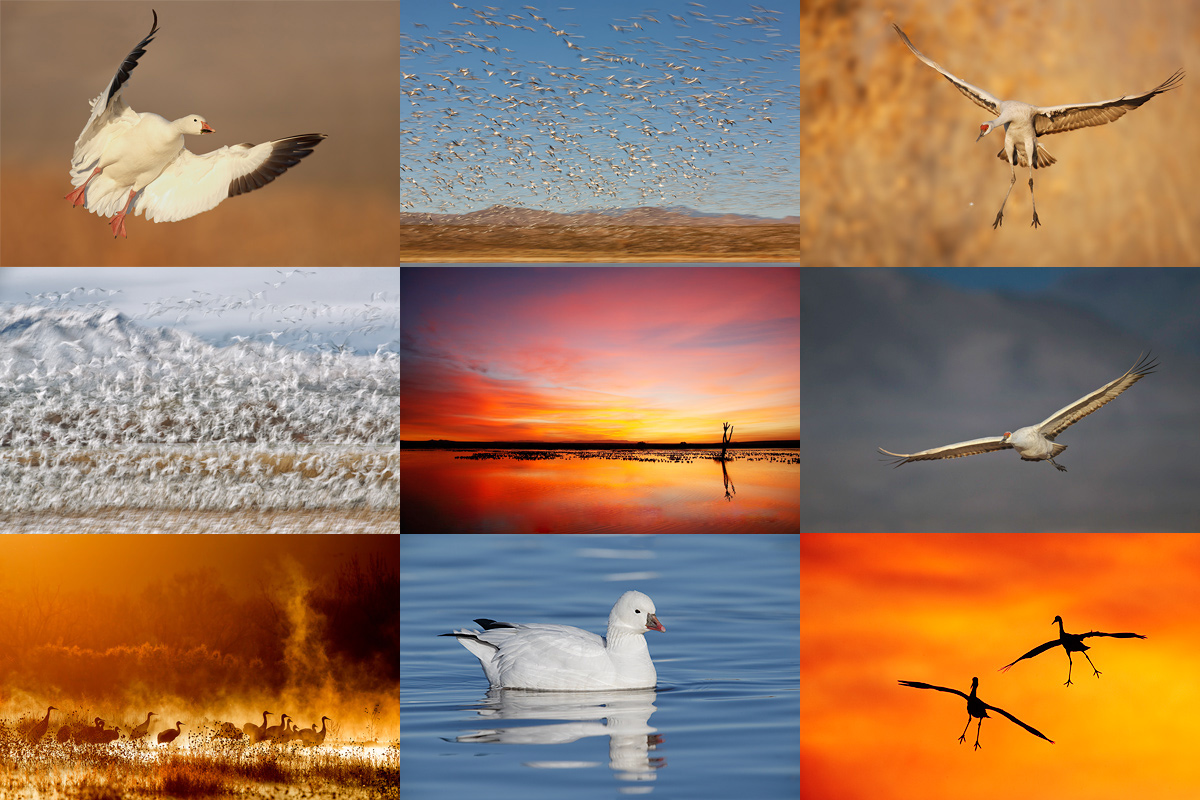
|
|
In 2015, we are offering a 3-DAY IPT before Thanksgiving and a 4-DAY IPT after the holiday. You can attend either and spend Thanksgiving Day with your family. Sign up for both and we will be glad to apply a $100 discount to your balance.
We know that there are lots of less costly workshops being offered these days. Please remember that you get exactly what you pay for. If you want the finest in photographic instruction and want to be assured of being in the right spot at exactly the right time, do join us.
|
Bosque del Apache 2015 BIRDS AS ART/A Creative Adventure Instructional Photo-Tour (IPT). 3-FULL DAY IPT: NOV 22-24, 2015. $1149. Meet and greet and introductory slide program after dinner on your own at 7:00pm on SAT NOV 21.
Tens of thousands of Snow Geese, 10,000 Sandhill Cranes, ducks, amazing sunrises, sunsets, and blast-offs. Live, eat, and breathe photography with two of the world’s premier photographic educators at one of their very favorite photography locations on the planet. Top-notch in-the-field and Photoshop instruction. This will make 21 consecutive Novembers at Bosque for artie. This will be denise’s 7th workshop at the refuge. Nobody knows the place better than artie does. Join us to learn to think like a pro, to recognize situations and to anticipate them based on the weather, especially the sky conditions, the light, and the wind direction. Every time we make a move we will let you know why. When you head home being able to apply what you’ve learned on your home turf will prove to be invaluable.
This workshop includes 3 morning and 3 afternoon photography sessions, an inspirational introductory slide program after dinner on your own on Saturday, 11/21, all lunches, and after-lunch digital workflow, Photoshop, and image critiquing sessions.
There is never a strict itinerary on a Bosque IPT as each day is tailored to the local conditions at the time and to the weather. We are totally flexible in order to maximize both the photographic and learning opportunities. We are up early each day leaving the hotel by 5:30 am to be in position for sunrise. We usually photograph until about 10:30am. Then it is back to Socorro for lunch and then a classroom session with the group most days. We head back to the refuge at about 3:30pm each day and photograph until sunset. We will be photographing lots of Snow Geese and lots of Sandhill Cranes with the emphasis on expanding both your technical skills and your creativity.
A $449 non-refundable deposit is required to hold your slot for this IPT. Your balance, payable only by check, will be due on 7/25/2015. If you cancel and the trip fills, we will be glad to apply a credit applicable to a future IPT for the full amount less a $100 processing fee. If we do not receive your check for the balance on or before the due date we will try to fill your spot from the waiting list. Whether or not your spot is filled, you will lose your deposit. If not, you can secure your spot by paying your balance.
Please print, complete, and sign the form that is linked to here and shoot it to us along with your deposit check (made out to “Arthur Morris.”) You can also leave your deposit with a credit card by calling the office at 863-692-0906. If you register by phone, please print, complete and sign the form as noted above and either mail it to us or e-mail the scan. If you have any questions, please feel free to contact me via e-mail.
|
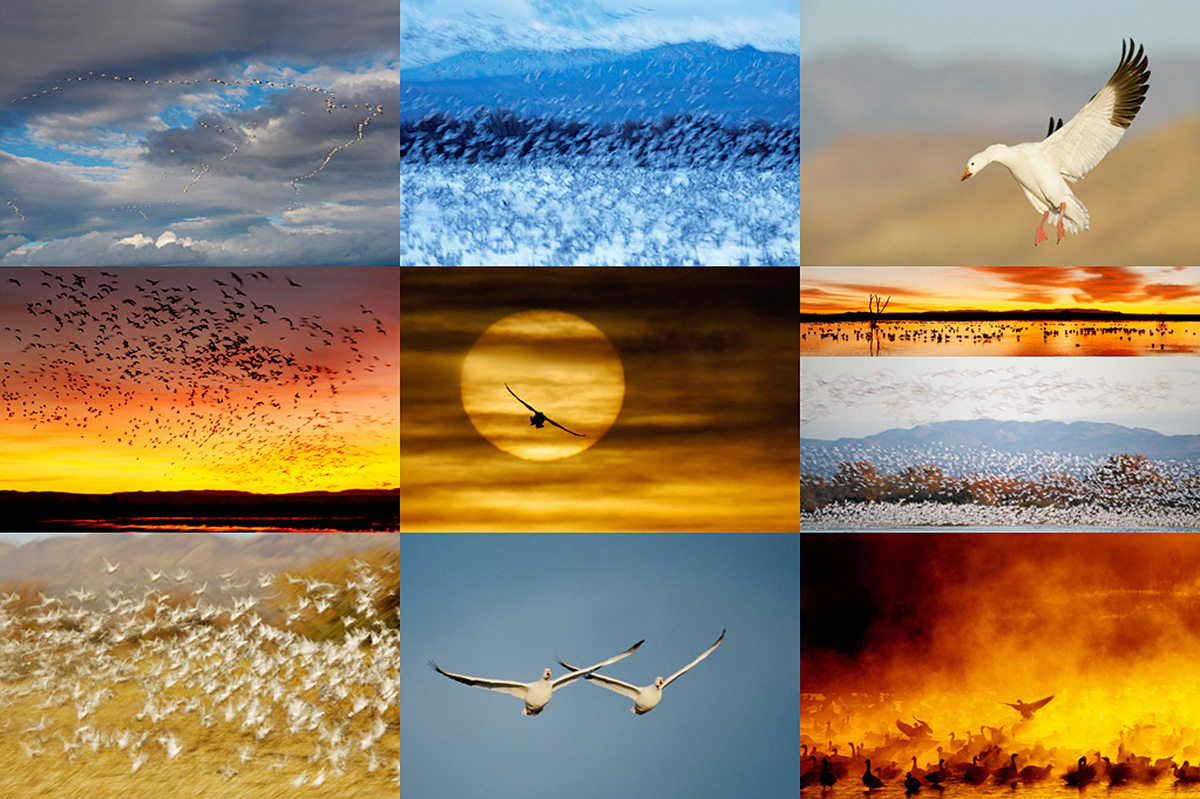
|
|
In 2015, we are offering a 3-DAY IPT before Thanksgiving and a 4-DAY IPT after the holiday. You can attend either and spend Thanksgiving Day with your family. Sign up for both and we will be glad to apply a $100 discount to your balance.
We know that there are lots of less costly workshops being offered these days. Please remember that you get exactly what you pay for. If you want the finest in photographic instruction and want to be assured of being in the right spot at exactly the right time, do join us.
|
Bosque del Apache 2015 BIRDS AS ART/A Creative Adventure Instructional Photo-Tour (IPT). 4-DAY IPT: (three full and two 1/2 DAYS) NOV 28-DEC 2, 2015. $1499. Meet and greet at 3pm on SAT NOV 28 followed by an afternoon photo session at the crane pools and the introductory slide program after dinner on your own.
Tens of thousands of Snow Geese, 10,000 Sandhill Cranes, ducks, amazing sunrises, sunsets, and blast-offs. Live, eat, and breathe photography with two of the world’s premier photographic educators at one of their very favorite photography locations on the planet. Top-notch in-the-field and Photoshop instruction. This will make 21 consecutive Novembers at Bosque for artie. This will be denise’s 7th workshop at the refuge. Nobody knows the place better than artie does. Join us to learn to think like a pro, to recognize situations and to anticipate them based on the weather, especially the sky conditions, the light, and the wind direction. Every time we make a move we will let you know why. When you head home being able to apply what you’ve learned on your home turf will prove to be invaluable.
This workshop includes 4 afternoon (11/28through 12/1), 4 morning (11/29 to 12/2) photography sessions, an inspirational introductory slide program after dinner on your own on Saturday, 11/28, all lunches, and after-lunch digital workflow, Photoshop, and image critiquing sessions.
There is never a strict itinerary on a Bosque IPT as each day is tailored to the local conditions at the time and to the weather. We are totally flexible in order to maximize both the photographic and learning opportunities. We are up early each day leaving the hotel by 5:30 am to be in position for sunrise. We usually photograph until about 10:30am. Then it is back to Socorro for lunch and then a classroom session with the group most days. We head back to the refuge at about 3:30pm each day and photograph until sunset. We will be photographing lots of Snow Geese and lots of Sandhill Cranes with the emphasis on expanding both your technical skills and your creativity.
A $599 non-refundable deposit is required to hold your slot for this IPT. Your balance, payable only by check, will be due on 7/25/2015. If you cancel and the trip fills, we will be glad to apply a credit applicable to a future IPT for the full amount less a $100 processing fee. If we do not receive your check for the balance on or before the due date we will try to fill your spot from the waiting list. Whether or not your spot is filled, you will lose your deposit. If not, you can secure your spot by paying your balance.
Please print, complete, and sign the form that is linked to here and shoot it to us along with your deposit check (made out to “Arthur Morris.”) You can also leave your deposit with a credit card by calling the office at 863-692-0906. If you register by phone, please print, complete and sign the form as noted above and either mail it to us or e-mail the scan. If you have any questions, please feel free to contact me via e-mail.
IPT Updates
Would you like to visit some of the great bird photography locations on the planet? Would you like to learn from the best? Click here and join us.
Facebook
Be sure to like and follow BAA on Facebook by clicking on the logo link upper right. Tanks a stack!
Support the BAA Blog. Support the BAA Bulletins: Shop B&H here!
We want and need to keep providing you with the latest free information, photography and Photoshop lessons, and all manner of related information. Show your appreciation by making your purchases immediately after clicking on any of our B&H or Amazon Affiliate links in this blog post. Remember, B&H ain’t just photography!
…..
Amazon.com
Those who prefer to support BAA by shopping with Amazon may use this link:
Amazon Canada
Many kind folks from north of the border, eh, have e-mailed stating that they would love to help us out by using one of our affiliate links but that living in Canada and doing so presents numerous problems. Now, they can help us out by using our Amazon Canada affiliate link by starting their searches by clicking here. Many thanks to those who have written.
Typos
In all blog posts and Bulletins, feel free to e-mail or to leave a comment regarding any typos or errors. Just be right :).
December 19th, 2014
What’s Up?
This blog was adapted from one originally published here on July 3, 2013. I finished this post in the lobby of the Albatross Hotel on Sunday, December 14, 2014.
Along with the rest of my shipmates I boarded the Ortelius on the afternoon of 15 DEC. We get back to dock on the the morning of 9 JAN. There is no wifi on the ship. That means that I will effectively and absolutely be without internet at least from 14 DEC through 9 JAN. At present I am further behind with answering e-mails than at any time since I have began answering folks’ photography-related questions about 25 years ago.
Please therefore refrain from e-mailing me at the usual samandmayasgrandpa e-mail address until I get back home on 13 JAN. You can reach my right-hand man Jim Litzenburg by e-mail here or reach Jennifer here as usual.
Important Blog Notice
I have been preparing a few new blog posts today to be published during my absence with the help of either Jim or the invaluable Peter Kes, the BAA webmaster. In addition, my plan is to resurrect a collection of older but important educational blog posts (like today’s) and have them re-published during my absence. Please enjoy. Please consider signing up for an IPT. And please continue to do a great job of using my B&H and other affiliate links while I am gone.
| [Not a valid template] |
|
This Bald Eagle juxtaposition image was created from a rocking boat near Homer, AK with the Canon 800mm f/5.L IS lens, the 1.4X III TC, and the
Canon EOS-1D Mark IV (now replaced by the Canon EOS-1D X. ISO 400: 1/1250 sec. at f/8 set manually.
In the above situation with a large bird occupying a good portion of the frame it is imperative to figure out the correct exposure in advance by checking the histogram to make sure that it is well to the right without any blinkies. Here I probably started at -2/3 stop in Av Mode. Once you determine the correct exposure, set it manually; that is just what I did in this case. By doing so your exposure will not be thrown off if there is more black in the frame one moment and more white the next. Do understand that it is not mandatory that you start off in Av mode; you can begin in Manual mode as detailed below. Where you start is simply a matter of personal experience.
To learn basic exposure theory study the chapter on exposure in the original The Art of Bird Photography; it is the great strength of a book that has sold more than 35,000 copies and laid the foundation for many of today’s great bird photographers. And follow that up by mastering the principles in the section on “Exposure Simplified” in the Art of Bird Photography II (ABP II: 916 pages on CD only).
|
Working in Manual Mode Re-visited
It has been more than two years since I first ran Working in Manual Mode on the blog. You can see the original post here. That one has an interesting link that is not included in this blog post. Right now I probably work in Manual Mode about 75% of the time. I use Av mode about 15% of the time and Tv mode about 10% of the time (the latter when creating pleasing blurs or when I need a minimum shutter speed). I use Program mode only on rare occasion, such as when photographing folks at a party with flash or when using fill flash for songbirds.
If you are not working in Manual mode most of the time you need to study the info below and learn to become competent in it.
Here is an excerpt adapted from The Art of Bird Photography II (ABP II: 916 pages on CD only) for those who need help with working in Manual mode.
Working in Manual Mode
Many professional and serious amateur photographers work in Manual mode most of the time. I do not because working in Av mode and entering exposure compensation is faster whenever the background is of a relatively constant tonality. When the background tonality might be changing from moment to moment but the light is constant, it is pretty much mandatory that you learn to work in Manual mode. In either case, At all times, I rely on Evaluative Metering. Here are some examples of rapidly changing backgrounds: a shorebird on a rock along the edge of the ocean with waves breaking behind it. Birds flying against a blue sky with occasional white clouds. Cranes flying by in front of a variety of backgrounds that might include sky, mountains, yellowed grasses, or water. As many folks are confused as to how to work in Manual mode, I offer the following basic tutorial.
#1: When you work in Manual mode you select and set the shutter speed and you select and set the aperture. With my Canon cameras the default has you changing the shutter speed with your index finger dial and the aperture with the thumb wheel.
#2: After selecting Manual mode, point your camera at a scene or stationary subject and lock your tripod head so the framing remains constant. Next select and set the desired aperture. Then adjust the shutter speed until the analog scale in the viewfinder nulls out to zero. With Canon pro bodies this scale is laid out vertically along the right side of the viewfinder display (when you are working in horizontal format). With many of the pro-sumer bodies the analog scale is laid out horizontally at the bottom of the viewfinder display. The zero or null indicator is at the center of the analog scale. The three full stops above the null symbol (marked in 1/3-stop increments) indicate overexposure. The three full stops below the null symbol (also marked in 1/3-stop increments) indicate underexposure. If you change the aperture and you do not see the small square moving, check either the top or the bottom of the analog scale. You will note a small triangle at the top if you are way overexposed or a small triangle at the bottom if you are way underexposed. If the former, rotate the dial and choose faster shutter speeds, if the latter, choose slower shutter speeds. In either case, you will soon see the small square moving up or down the analog scale. At first, you will simply want to practice nulling the meter, that is, getting the small square to rest on the null symbol. This indicates that you have now set the metered exposure (as determined by the camera’s Evaluative Metering system.
#3: When you work in Manual mode it is not possible to set exposure compensation. To come up with the exposure that you wish, simply change the aperture or shutter speed as above until the small square indicates the amount of over- or under-exposure that you desire. If you wish to work at +2 stops, you need adjust either the shutter speed or the aperture until the small square rests on the symbol that is two full stops above the null symbol. If you wish to underexpose by 1/3 stop, you need adjust either the shutter speed or the aperture until the small square rests on the symbol that lies just below the null symbol.
With a bit of practice you should quickly become comfortable whenever the need to work in Manual mode arises.
|
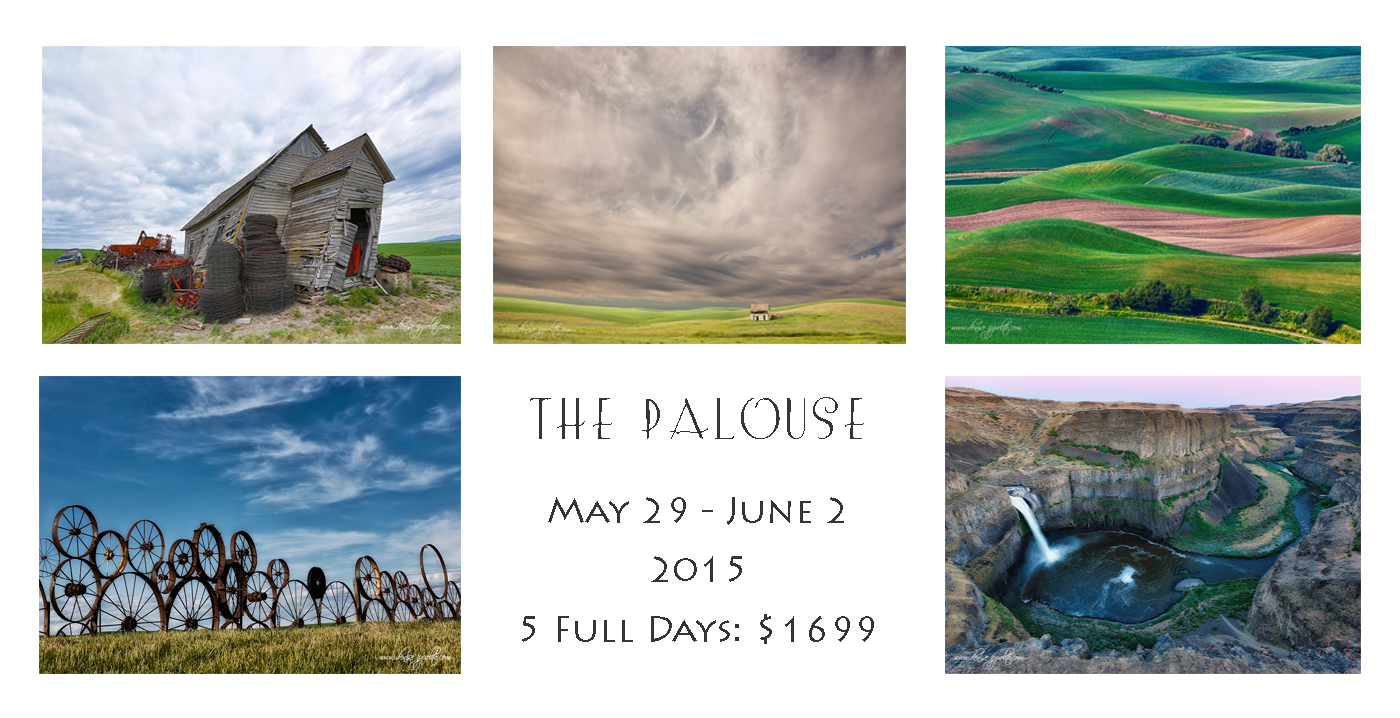
|
|
Card and design by Denise Ippolito. Scroll down here to see lots more of Denise’s Palouse images.
|
Palouse #1. The Palouse A Creative Adventure/BIRDS AS ART Instructional Photo-Tour (IPT)/Eastern Washington State. May 29-June 2, 2015/5 Full Days: $1699/Limit 12 photographers/Openings: 2.
Due to a cancellation, we now have a single opening on this long sold out trip. See item next for additional details.
|
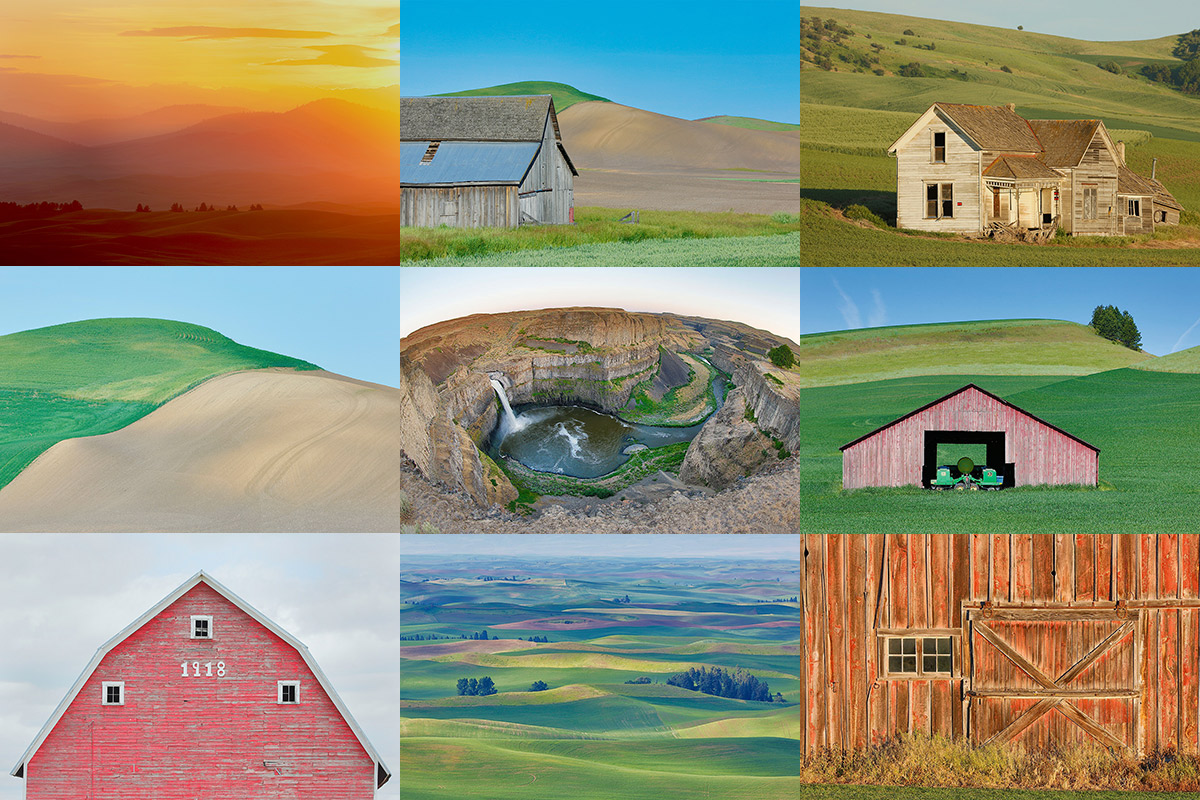
|
|
Card and design by Arthur Morris/BIRDS AS ART.
|
The Palouse A Creative Adventure/BIRDS AS ART Instructional Photo-Tour (IPT)/Eastern Washington State. June 5-9, 2015/5 Full Days: $1699/Limit 12 photographers/Openings 2.
Rolling farmlands provide a magical patchwork of textures and colors, especially when viewed from the top of Steptoe Butte where we will likely enjoy spectacular sunrises and possibly a nice sunset or two. We will photograph grand landscapes and mini-scenics of the rolling hills and farm fields. We will take you to some really neat old abandoned barns and farmhouses in idyllic settings. There is no better way to improve your compositional and image design skills and to develop your creativity than to join us for this trip. Two great leaders: Denise Ippolito and Arthur Morris. Photoshop and image sharing sessions when we have the time and energy…. We get up early and stay out late and the days are long.
After 6 days of back-breaking scouting work in early June 2014 we found all of the iconic locations and, in addition, lots of spectacular new old barns and breath-taking landforms and views. We will teach you what makes one situation prime and another seemingly similar one a waste of your time.
What’s included: In-the-field instruction, guidance, lessons, and inspiration, our newfound but very extensive knowledge of the area, all lunches, motel lobby breakfasts, and Photoshop and image sharing sessions when possible.
You will learn and hone both basic and advanced compositional and image design skills. You will learn to get the right exposure every time. You will learn to develop your creative eye. You will learn the basics of HDR (high dynamic range) photography. You will learn a variety of in-camera creative techniques; Canon 5D Mark III bodies are a plus. And most importantly you will learn to see the situation and to create a variety of top-notch images. Do see both of our blogs for lots more on that in the coming weeks. You will learn how the quality and direction of light combine to determine the success of your images. And–please don’t gasp–we will be working quite a bit with sidelight when creating landscapes. Lastly, we will be touching on infrared photography.
A non-refundable $699 deposit is due now. The balance will be due on January 29, 2015. If you cancel and the trip fills, we will be glad to apply a credit applicable to a future IPT for the full amount less a $100 processing fee. If we do not receive your check for the balance on or before the due date we will try to fill your spot from the waiting list. Whether or not your spot is filled, you will lose your deposit. If not, you can secure your spot by paying your balance.
With the unpredictable nature of the photography business, I have not said this often lately, but it seems quite likely that this one will fill up very quickly. Please let me know via e-mail that you will be joining us. Then you can either call Jim or Jennifer at 863-692-0906 during business hours or send us a check; the latter is preferred.
Please send your deposit check made out to “Arthur Morris” to us at Arthur Morris/BIRDS AS ART, PO Box 7245, Indian Lake Estates, FL, 33855. If you have any questions, please feel free to contact me via e-mail. You can also contact denise via e-mail here
IPT Updates
Would you like to visit some of the great bird photography locations on the planet? Would you like to learn from the best? Click here and join us.
Facebook
Be sure to like and follow BAA on Facebook by clicking on the logo link upper right. Tanks a stack!
Support the BAA Blog. Support the BAA Bulletins: Shop B&H here!
We want and need to keep providing you with the latest free information, photography and Photoshop lessons, and all manner of related information. Show your appreciation by making your purchases immediately after clicking on any of our B&H or Amazon Affiliate links in this blog post. Remember, B&H ain’t just photography!
…..
Amazon.com
Those who prefer to support BAA by shopping with Amazon may use this link:
Amazon Canada
Many kind folks from north of the border, eh, have e-mailed stating that they would love to help us out by using one of our affiliate links but that living in Canada and doing so presents numerous problems. Now, they can help us out by using our Amazon Canada affiliate link by starting their searches by clicking here. Many thanks to those who have written.
Typos
In all blog posts and Bulletins, feel free to e-mail or to leave a comment regarding any typos or errors. Just be right :).
December 16th, 2014 What’s Up?
I wrote this blog post in the Albatross Hotel on Sunday, December 14, 2014.
Along with the rest of my shipmates I boarded the Ortelius on the afternoon of 15 DEC. We get back to dock on the the morning of 9 JAN. There is no wifi on the ship. That means that I will effectively and absolutely be without internet at least from 14 DEC through 9 JAN. At present I am further behind with answering e-mails than at any time since I have began answering folks’ photography-related questions about 25 years ago.
Please therefore refrain from e-mailing me at the usual samandmayasgrandpa e-mail address until I get back home on 13 JAN. You can reach my right-hand man Jim Litzenburg by e-mail here or reach Jennifer here as usual.
Important Blog Notice
I have been preparing a few new blog posts today to be published during my absence with the help of either Jim or the invaluable Peter Kes, the BAA webmaster. In addition, my plan is to resurrect a collection of older but important educational blog posts (like today’s) and have them re-published during my absence. Please enjoy. Please consider signing up for an IPT. And please continue to do a great job of using my B&H and other affiliate links while I am gone.
To show your appreciation for my efforts here, we ask, as always, that you use our the B&H and Amazon affiliate links on the right side of the blog for all of your purchases. B&H Is recommended for you major photography gear purchases, Amazon for your household, entertainment, and general purpose stuff. Please check the availability of all photographic accessories in the BIRDS AS ART Online Store, especially Gitzo tripods, Wimberley tripod heads, and the like. We sell only what I have used, have tested, and can depend on. We will not sell you junk. We know what you need to make creating great images easy and fun. And we are always glad to answer your gear questions via e-mail.
I would of course appreciate your using our B&H affiliate links for all of your major gear, video, and electronic purchases. For the photographic stuff mentioned in the paragraph above we, meaning BAA, would of course greatly appreciate your business. Here is a huge thank you to the many who have been using our links on a regular basis and visiting the BAA Online store as well.
|
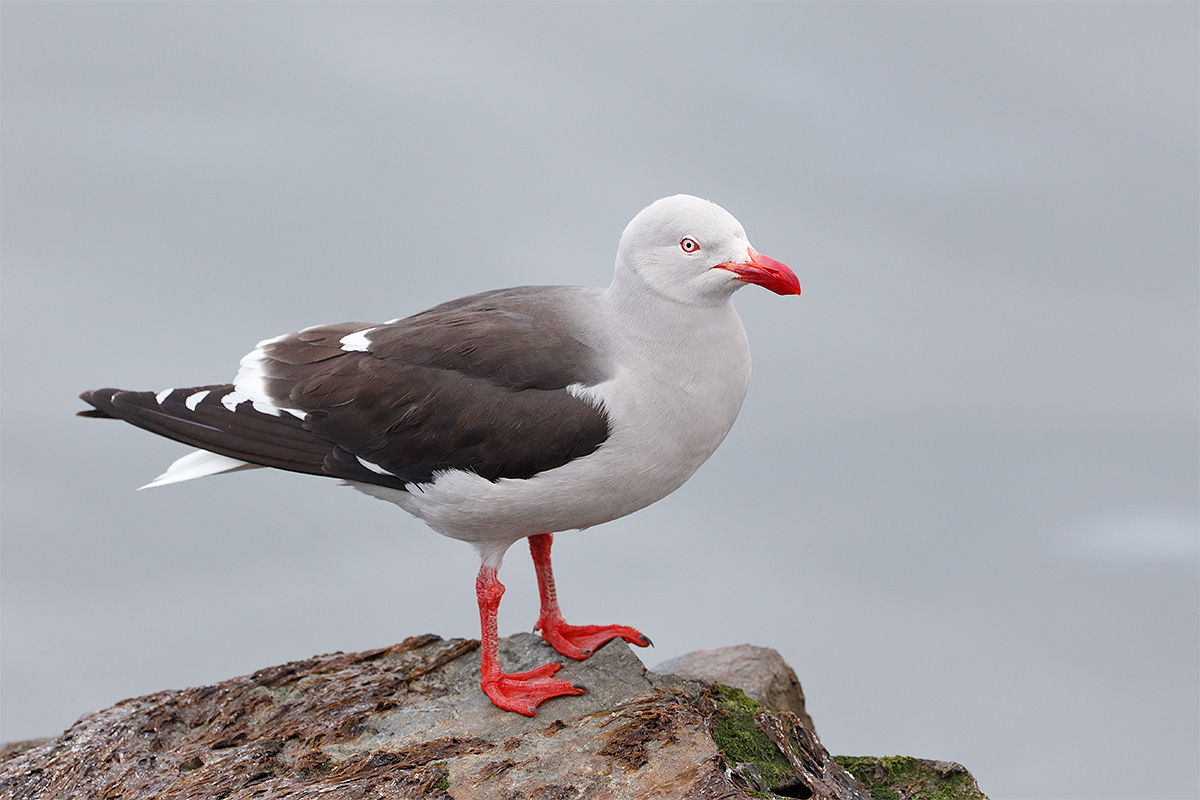
|
|
This image was created late on the cloudy afternoon of Sunday, 14 DEC with the hand held Canon EF 300mm f/2.8L IS II USM lens, the Canon Extender EF 1.4X III, and the Canon EOS 7D Mark II . ISO 800. evaluative metering +1 stop: 1/1600 sec. at f/4 in Manual mode.
One sensor above the central sensor AI Servo Surround/Rear Focus on the bird’s hind nck was active at the moment of exposure. Click here to see the latest version of the Rear Focus Tutorial. Click on the image to see a larger version.
Breeding plumage adult Dolphin Gull
|
First Blood…
Thanks a stack to roomie John McGarvey who got me off of my duff late Saturday afternoon and dragged me away from the laptop and down to the harbor for some pretty good bird photography. There were lots of Antarctic Terns hanging out on a derelict ship along with adult and young Dolphin and Kelp Gulls. on the rocks right in front of us. The ease of hand holding the 300II and the reach with the 7D II/1.4X III made me feel very comfortable about opting to leave the 200-400 at home.
|
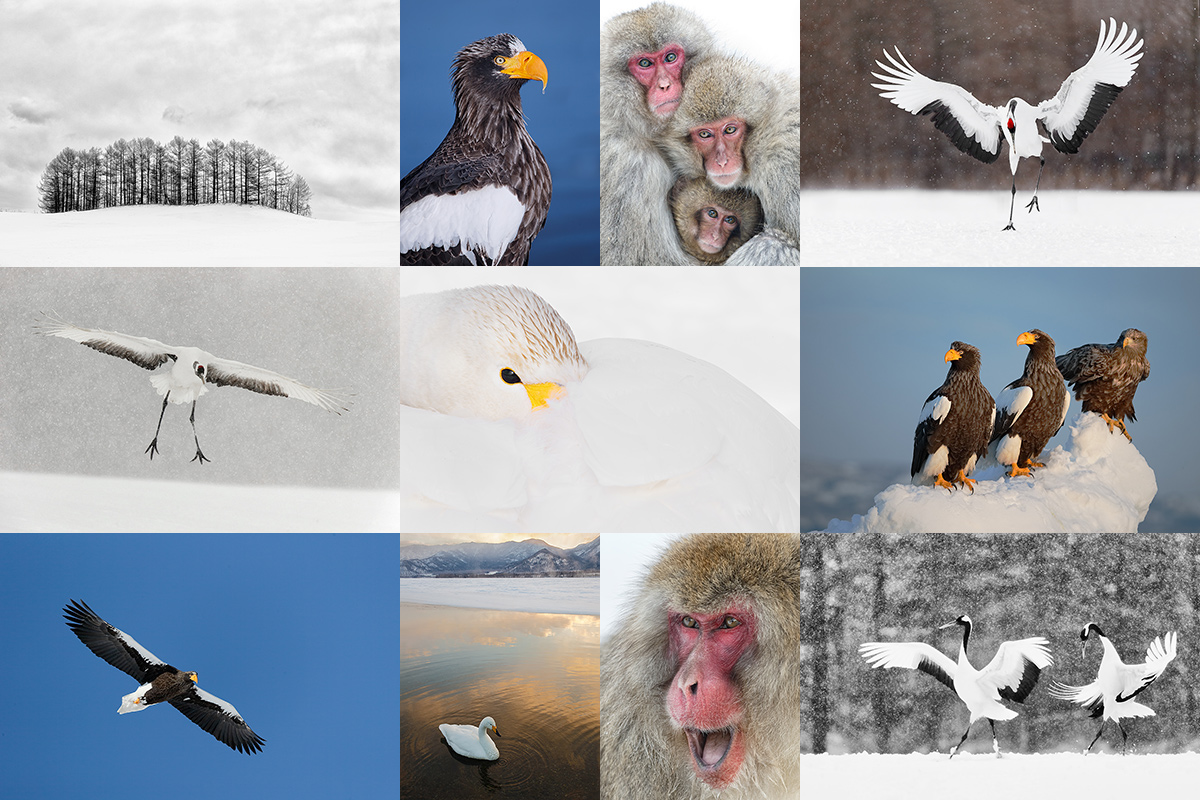
|
|
Consider joining us in Japan in February, 2016; the world’s best Japan in Winter workshop. Click on the card to enjoy the spectacular larger version.
|
Japan In Winter IPT. February 9-24, 2016: $13,999/double occupancy. Limit 7: Openings: 3.
Needs five to run; just 1 more to go. All lodging including Tokyo hotel on 9 FEB, all breakfasts & dinners, ground transport and transfers including bus to the monkey park hotel, and all entrance fees and in-country flights are included. Not included: international flights, all lunches–most are on the run, and alcoholic beverages.
This trip is one day longer than the 2014 trip to allow for more flexibility, more time with the cranes, and most importantly, more time for landscape photography. Hokkaido is gorgeous. Three great leaders plus the world’s best Japan in winter Japanese photography guide: the amazingly creative Denise Ippolito, multiple award winning photographer Paul McKenzie and yours truly. Tons of trip planning and gear advice, in-the-field instruction and guidance, at-the-lodge Photoshop and image review sessions in addition to short introductory slide programs for each of the amazing locations.
|
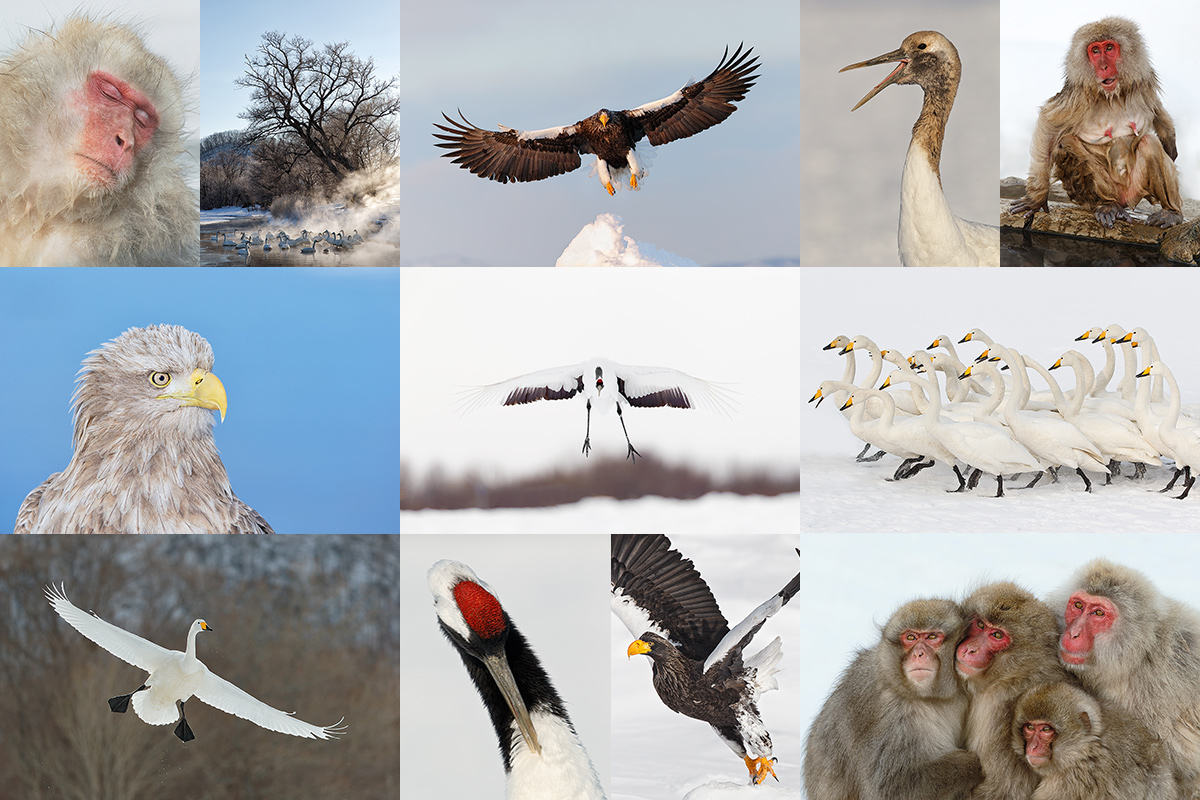
|
|
Amazing subjects. Beautiful settings. Nonstop action and unlimited opportunities. Join us.
|
The Itinerary
Arrive Tokyo: 9 FEB 2016 the latest. 8 FEB is safer and gives you a day to get acclimated to the time change. Your hotel room for the night of the 9th is covered.
Travel to Monkey Park Hotel: 10 FEB: Short 1/2 DAY of Monkey photography possible depending on our travel time….
Full Day snow monkeys: FEB 11.
Full Day snow monkeys: FEB 12.
13 FEB: Full travel day to Hokkaido/arrive at our lodge in the late afternoon. The lodge is wonderful. All the rooms at the lodge have beds. Bring your warm pajamas. Local onsen (hot springs bath and tubs) is available for $5 each day before dinner–when you are cold, it is the best thing since sliced bread. Smile emoticon The home cooked meals at the lodge are to die for.
FEB 14-23: Red-crowned Crane, raptors in flight, Whooper Swans, and scenic photography. Ural Owl possible. One 2-night trip to Rausu for Steller’s and White Tailed Sea Eagles on the tourists boats dependent on sea ice conditions. Only our trip offers complete flexibility in this area. It saved us this year. One afternoon of duck photography in the harbor is a strong possibility in Rausu. 2-3 boat trips. In addition, few if any tours offer at least one afternoon boat trip….
Lodging notes: bring your long johns for sleeping in the lodge. In Rausu and the snow monkey park, the hotel the rooms are Japanese-style. You sleep on comfortable mats on the floor. Wi-fi is available every day of the trip.
FEB 24. Fly back to Tokyo for transfer to your airport if you are flying home that night, or, to your hotel if you are overnighting. If you need that room it is on you.
To save your spot, please send your $5,000 non-refundable deposit check made out to “Arthur Morris to Arthur Morris/BIRDS AS ART, PO Box 7245, Indian Lake Estates, FL 33855. We do hope that you can join us for this trip of a lifetime. Do e-mail
|
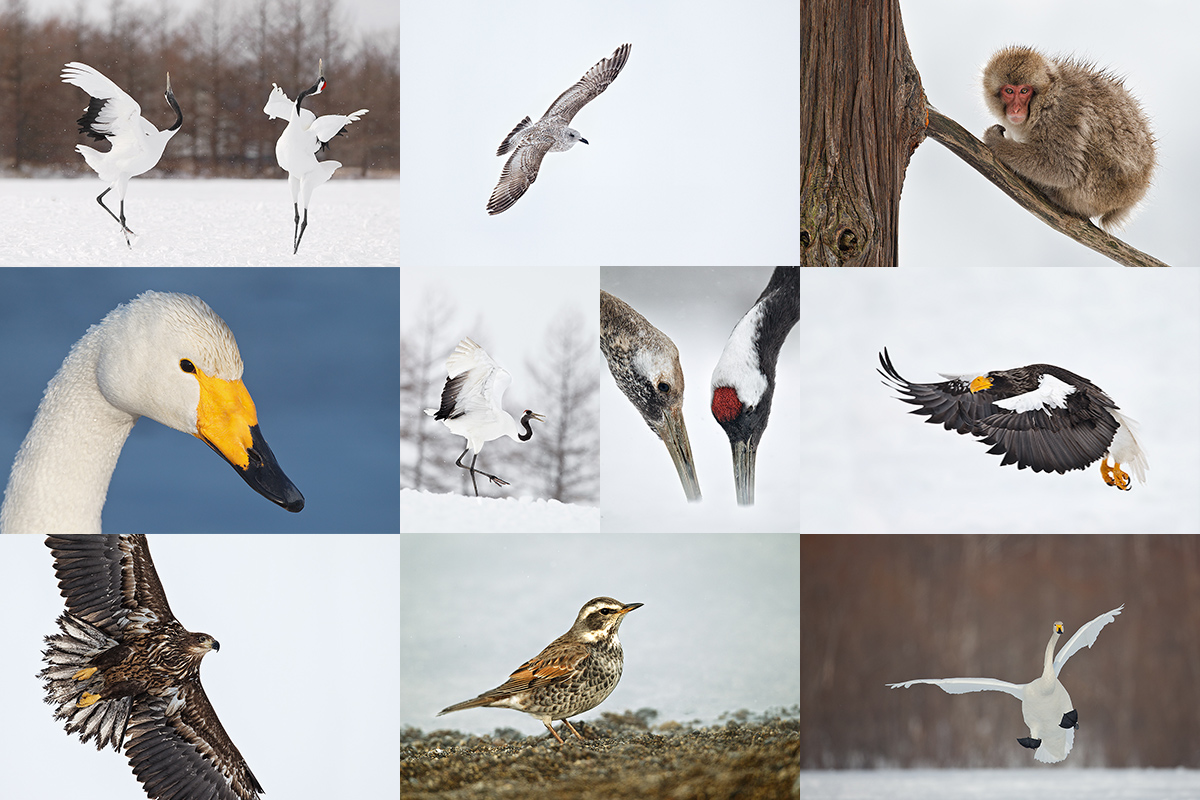
|
|
Life is short. Hop on the merry-go-round.
|
|























